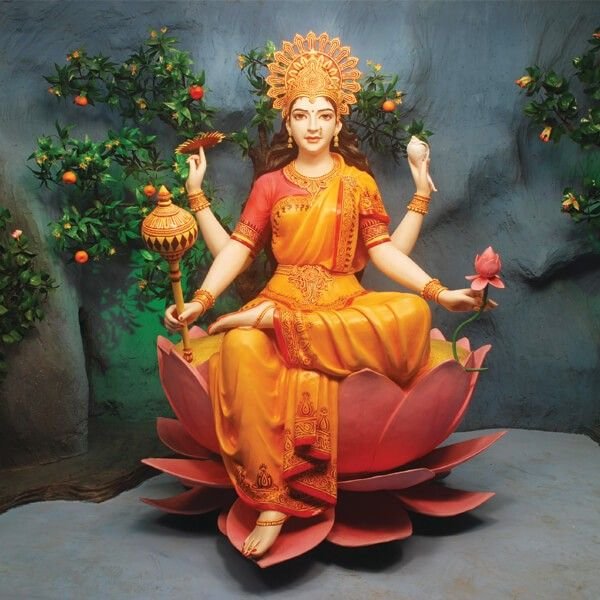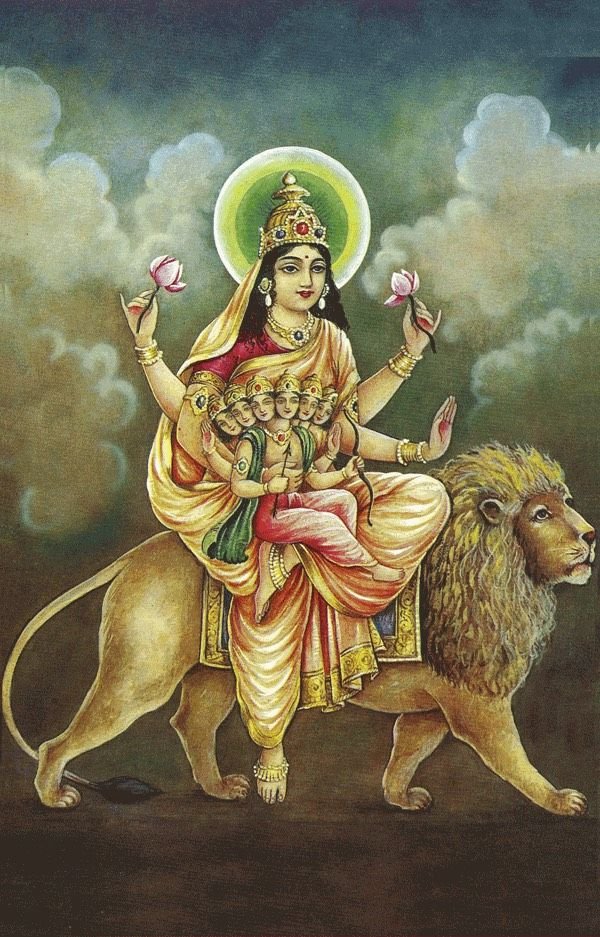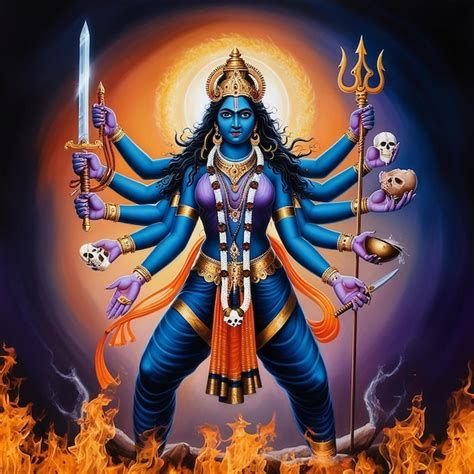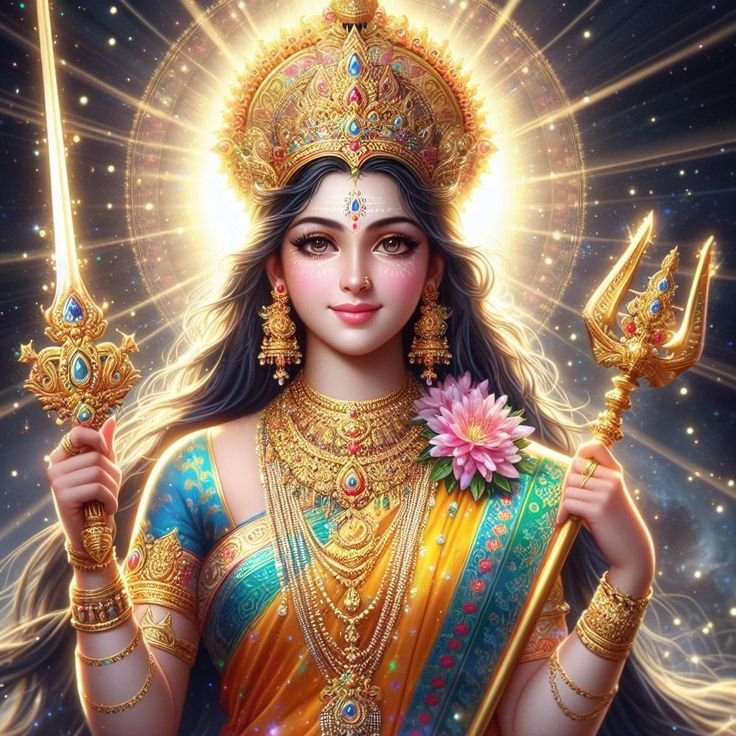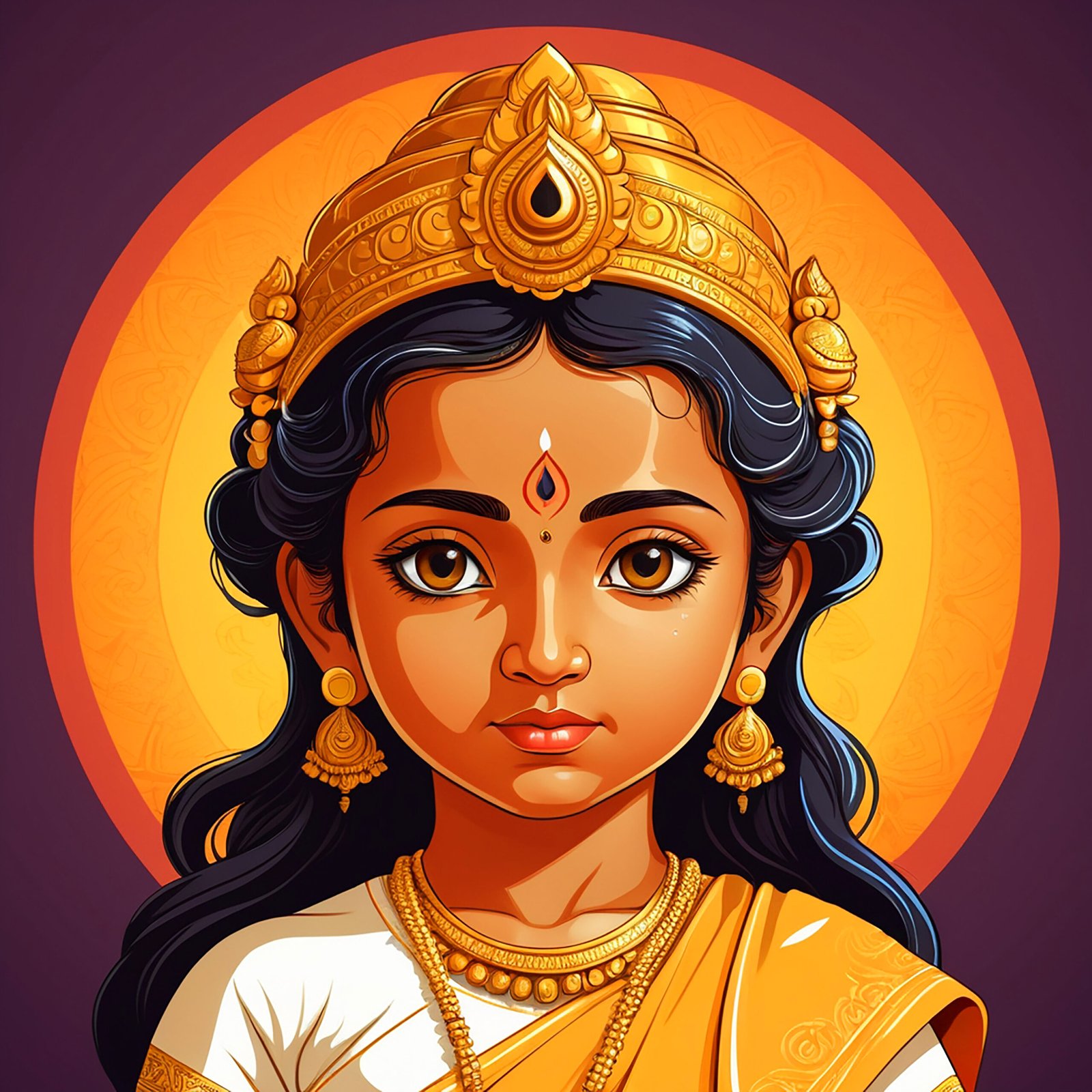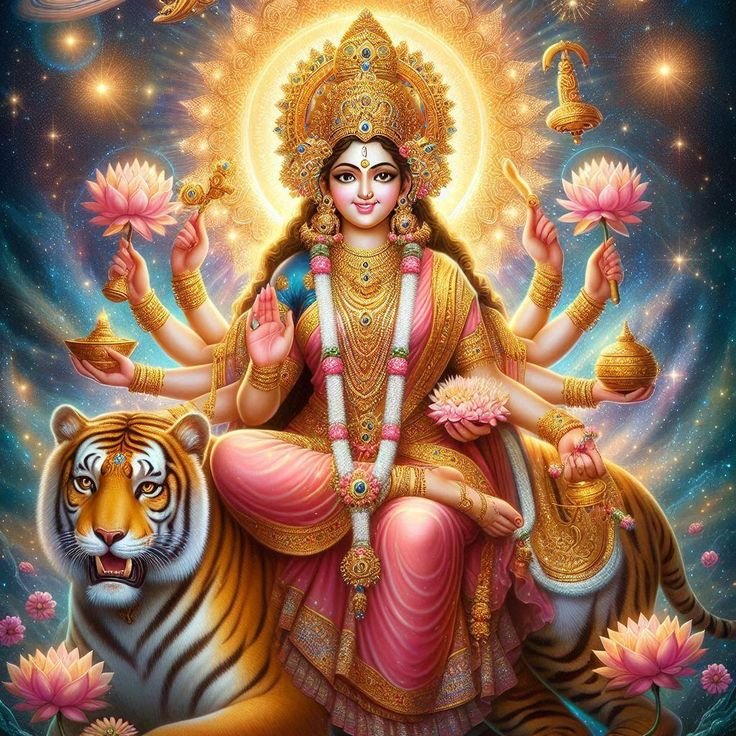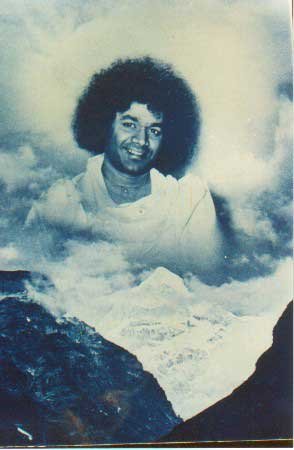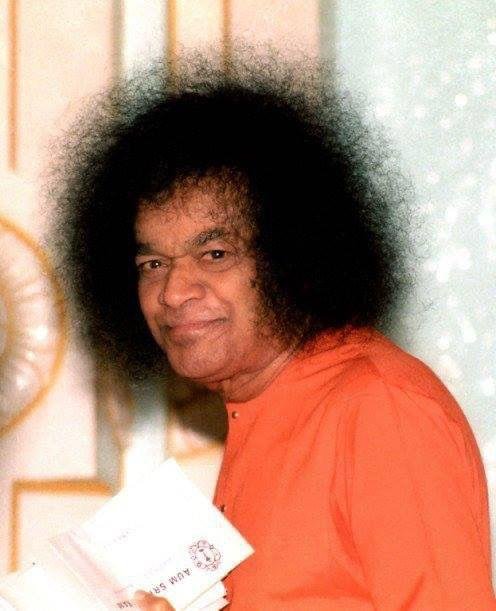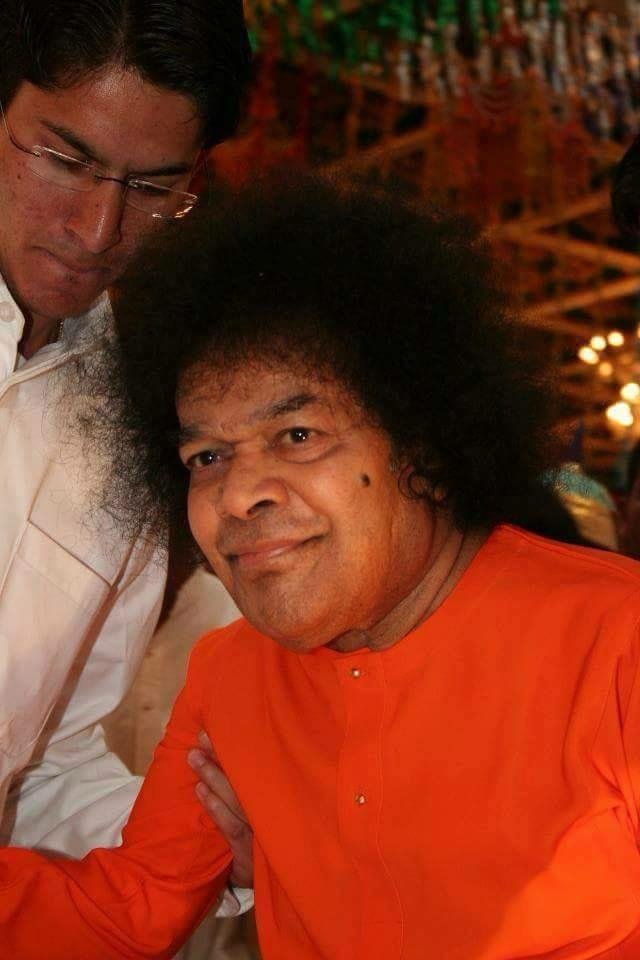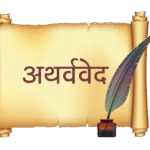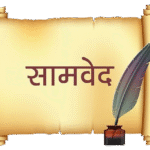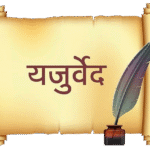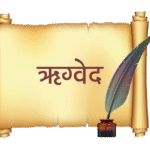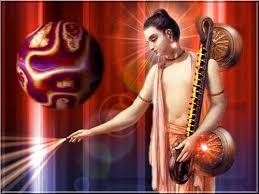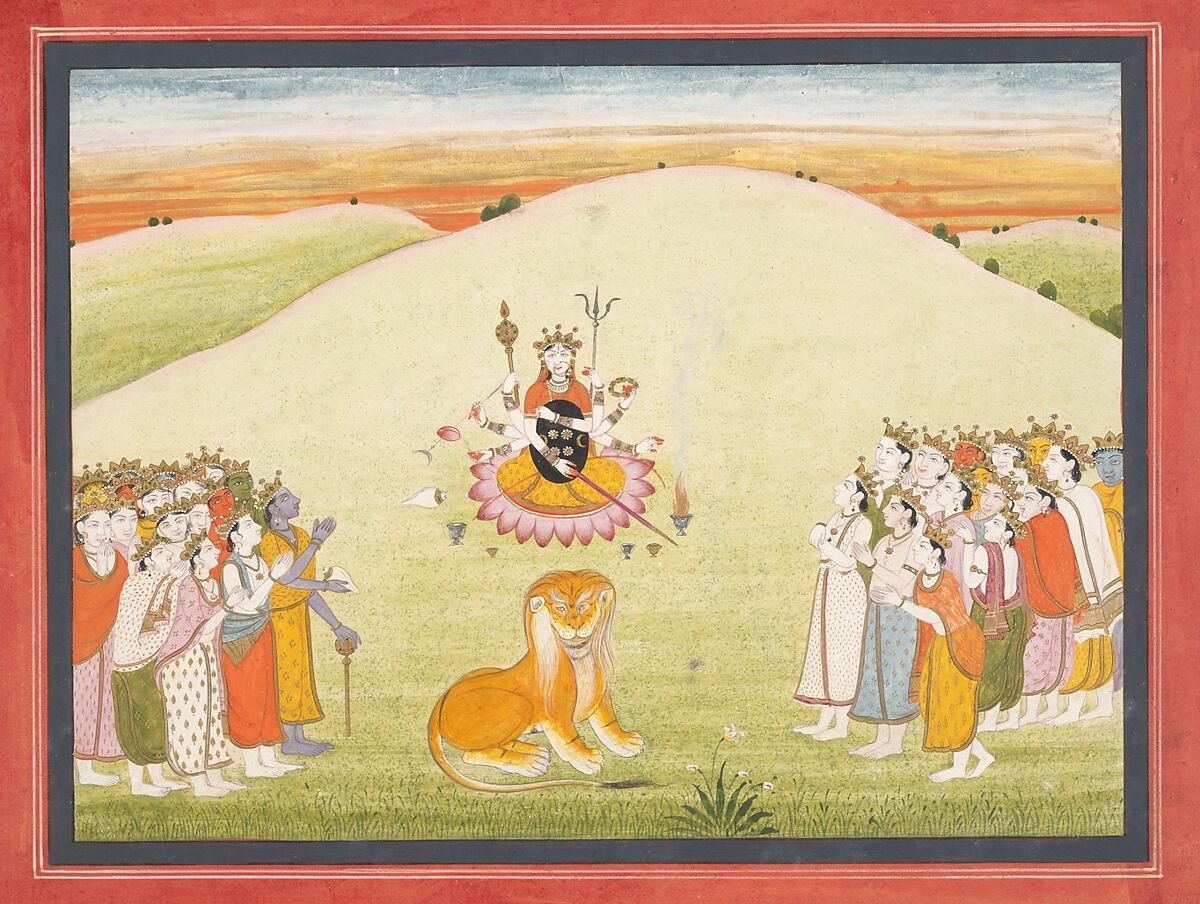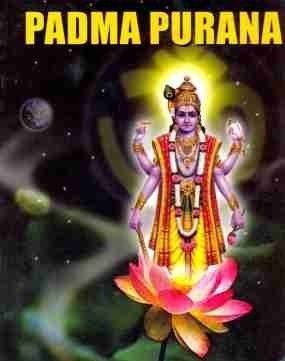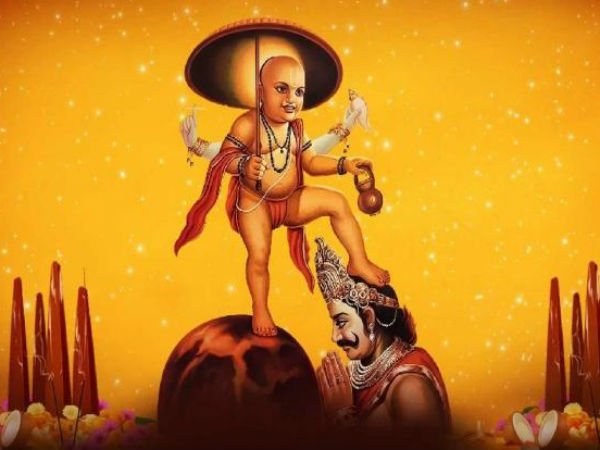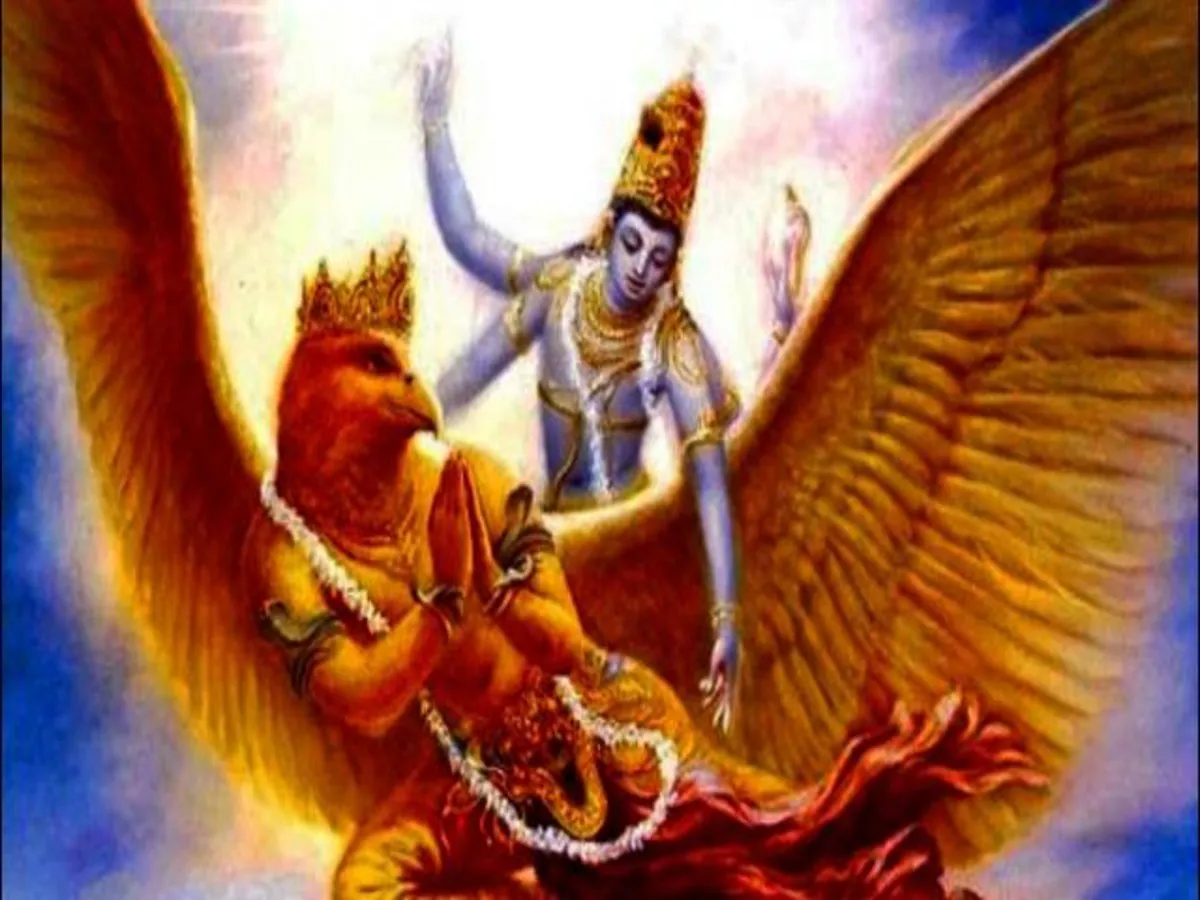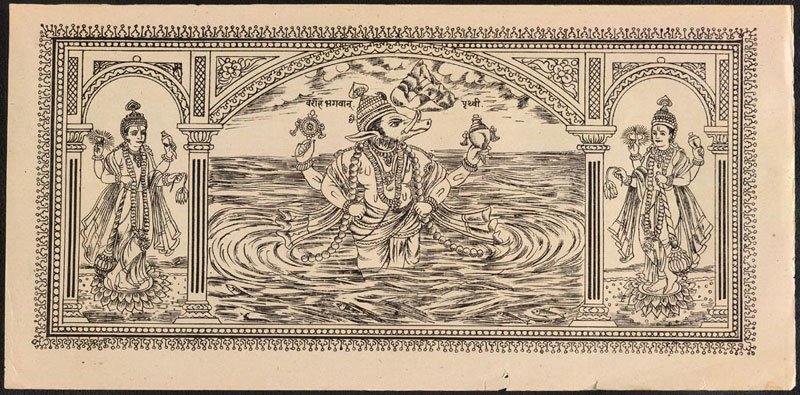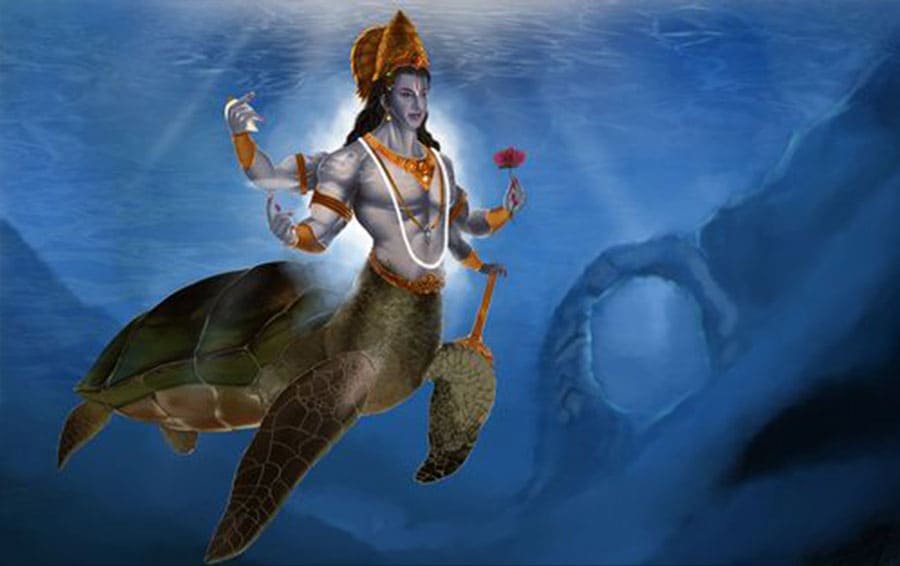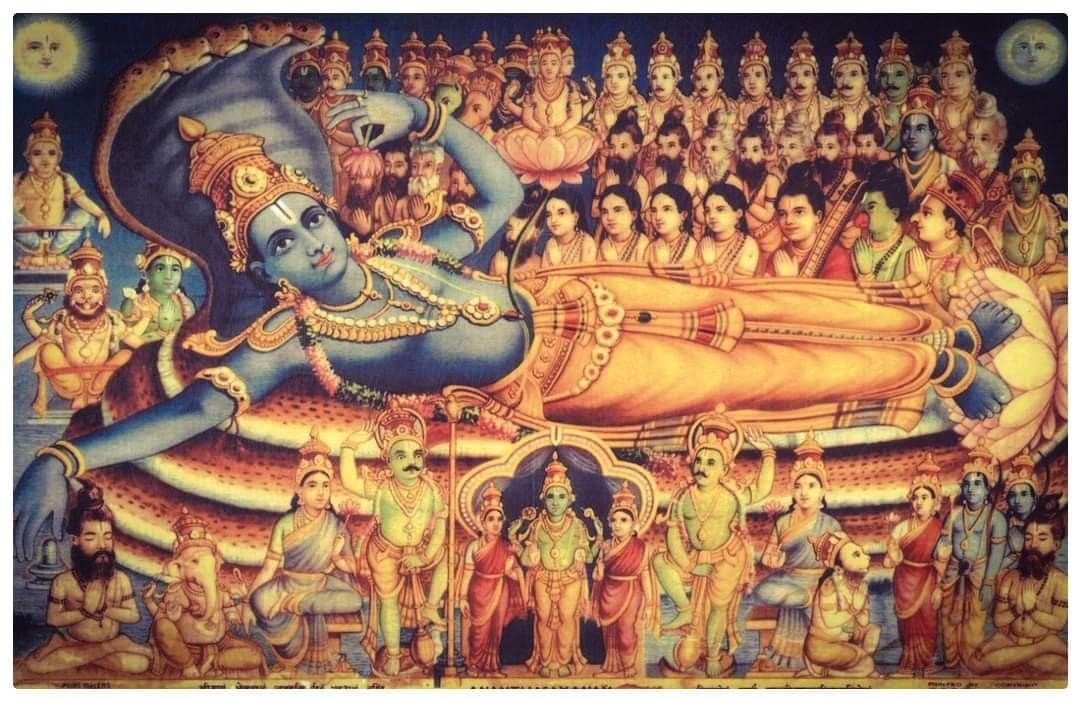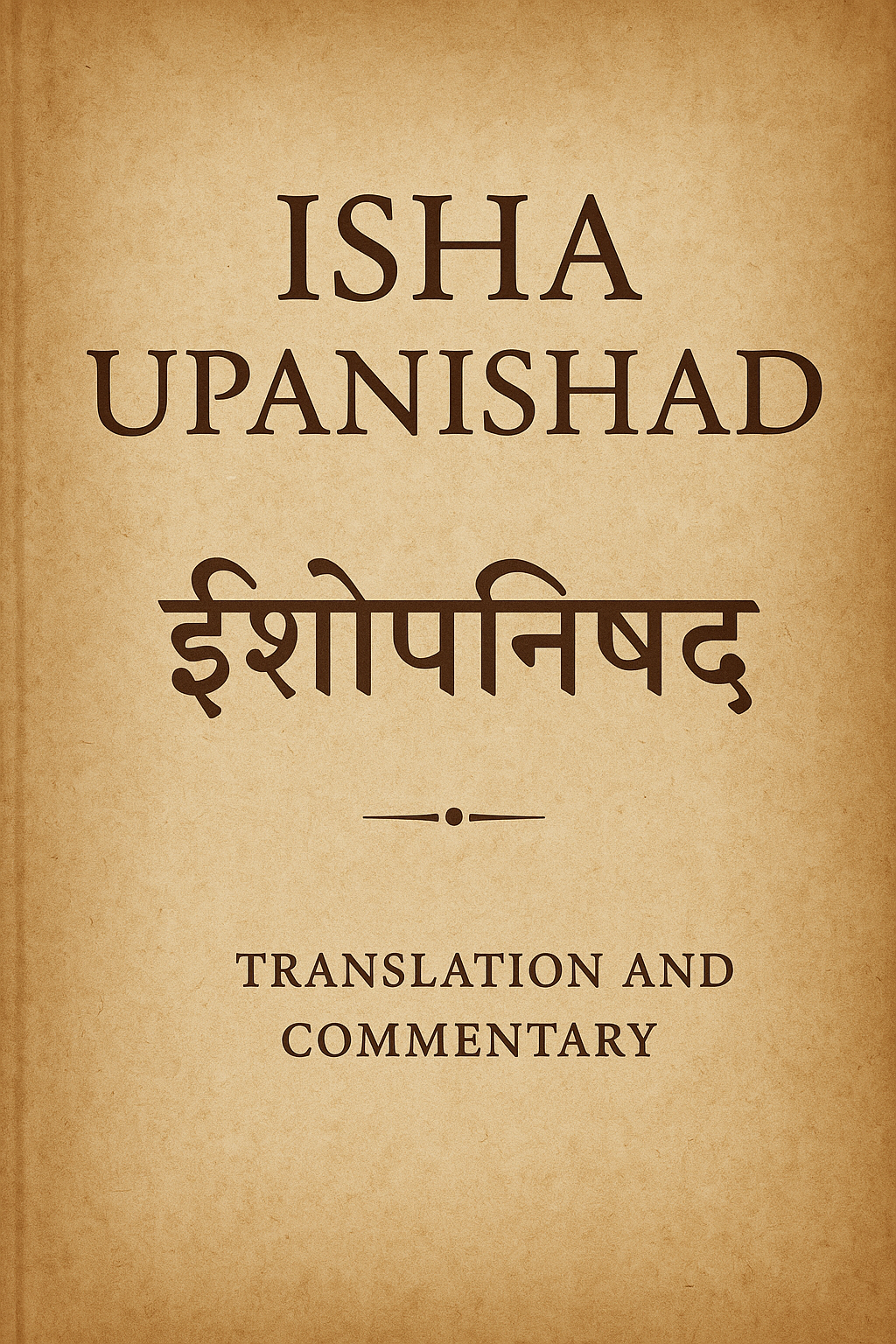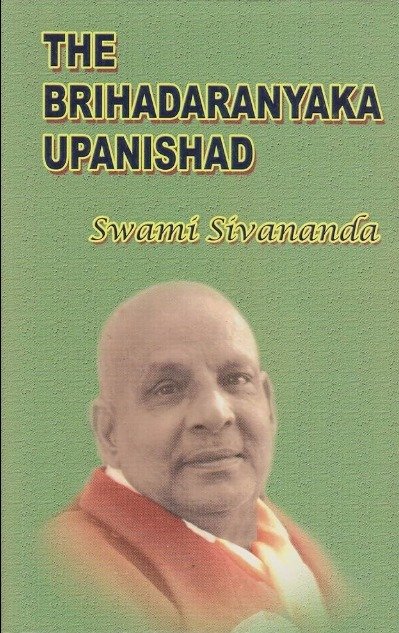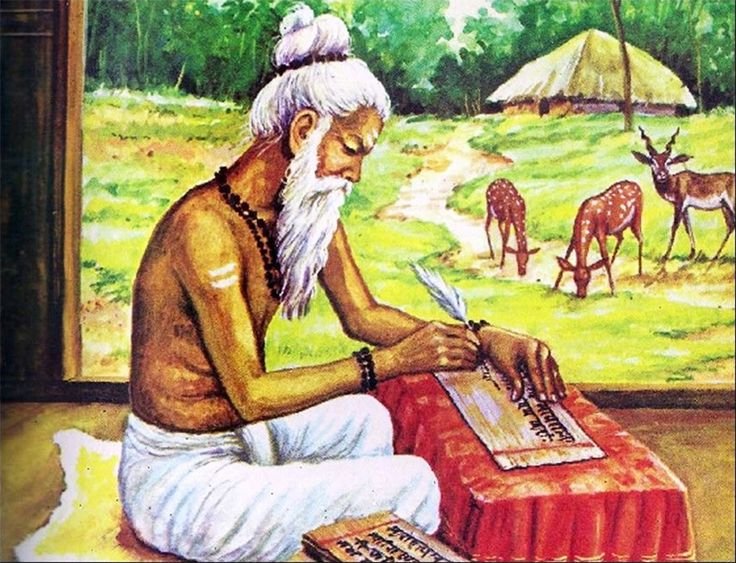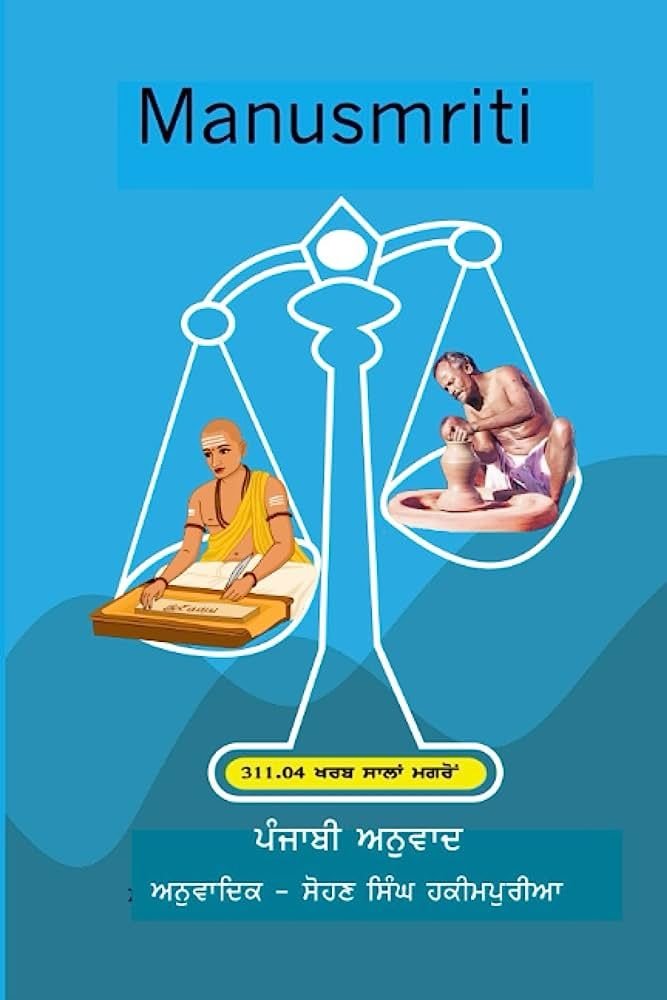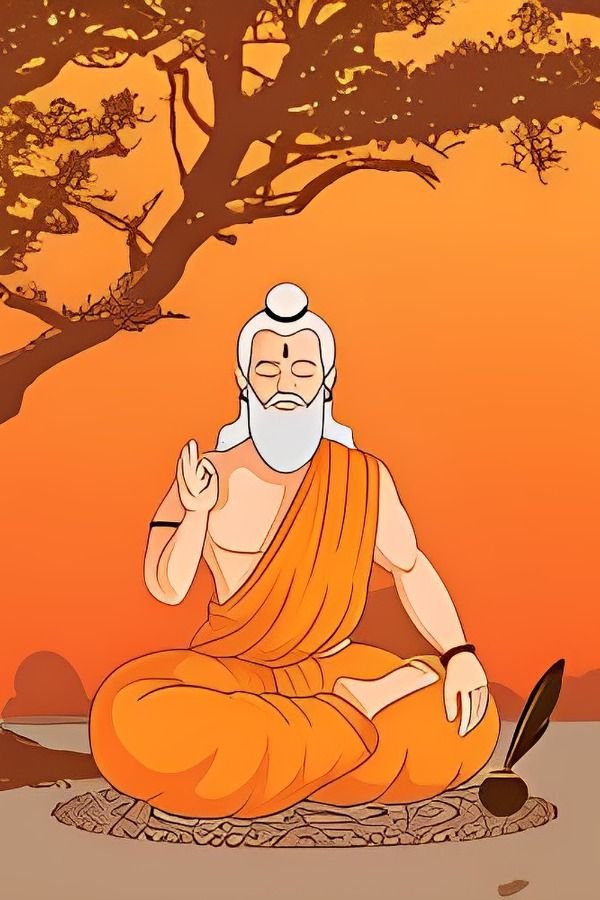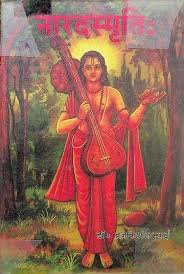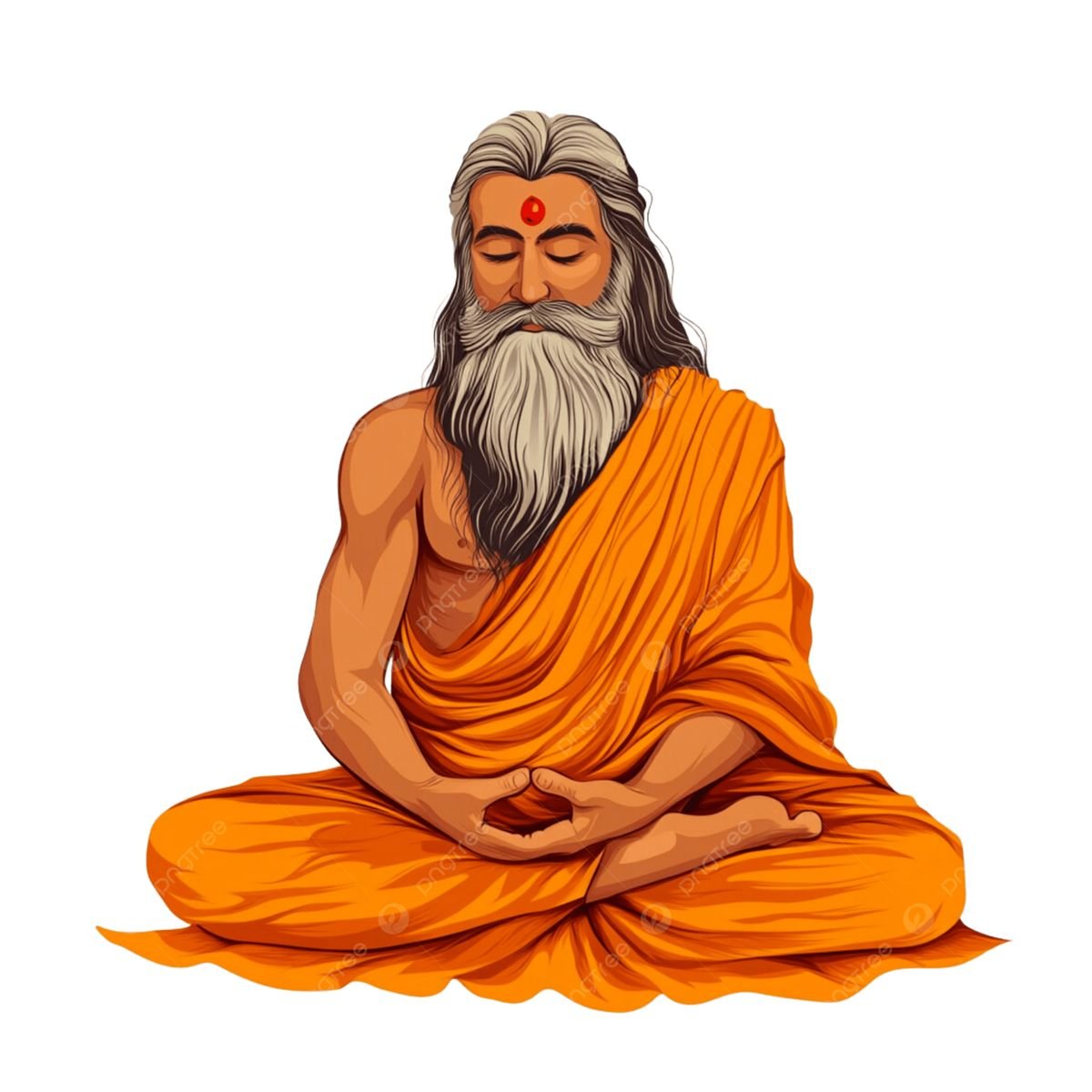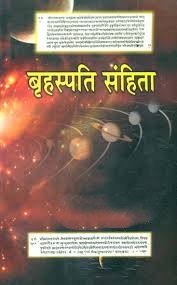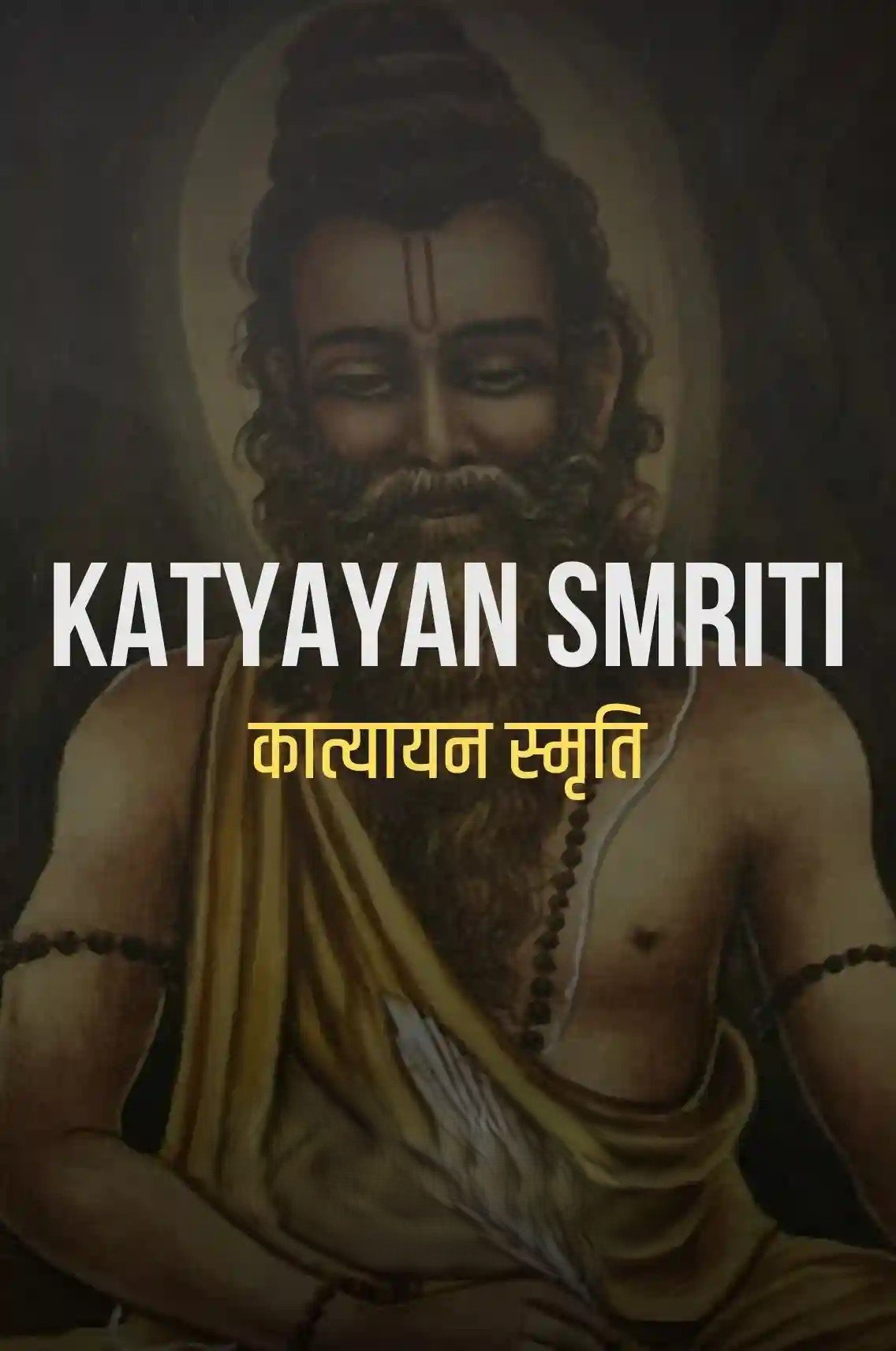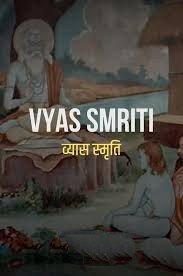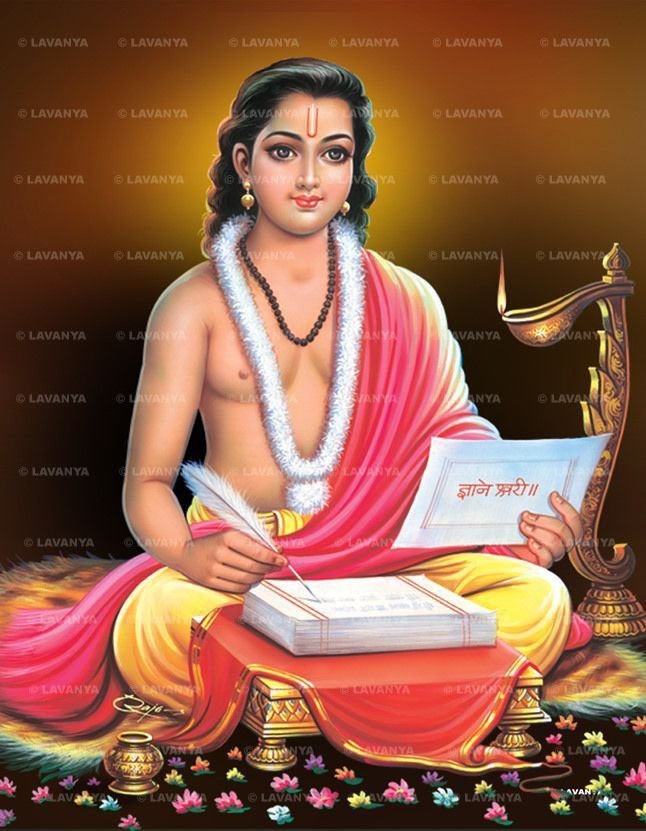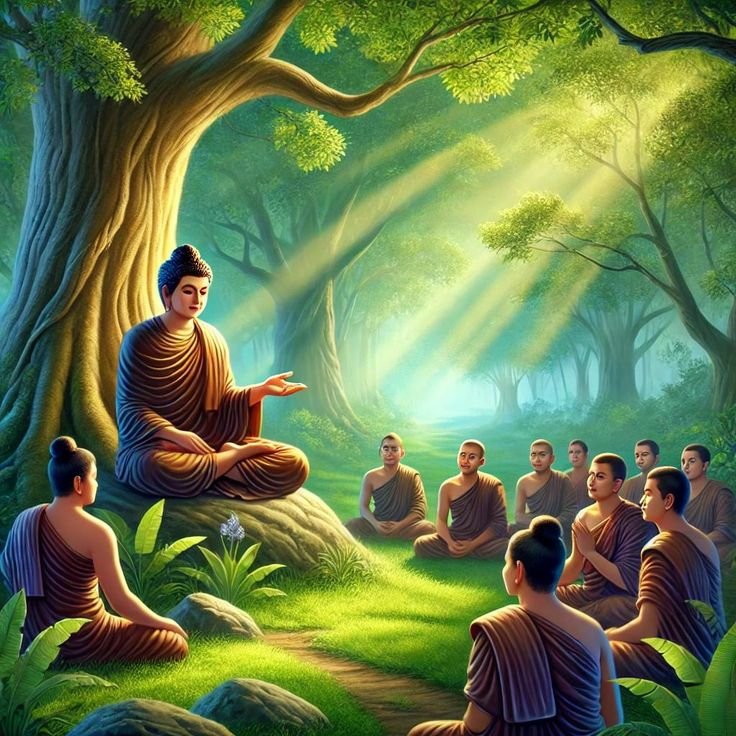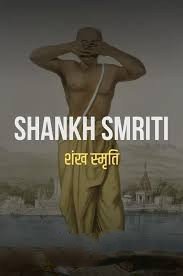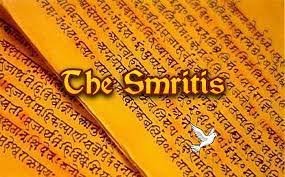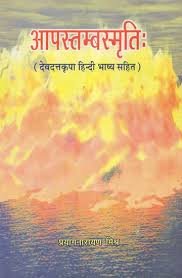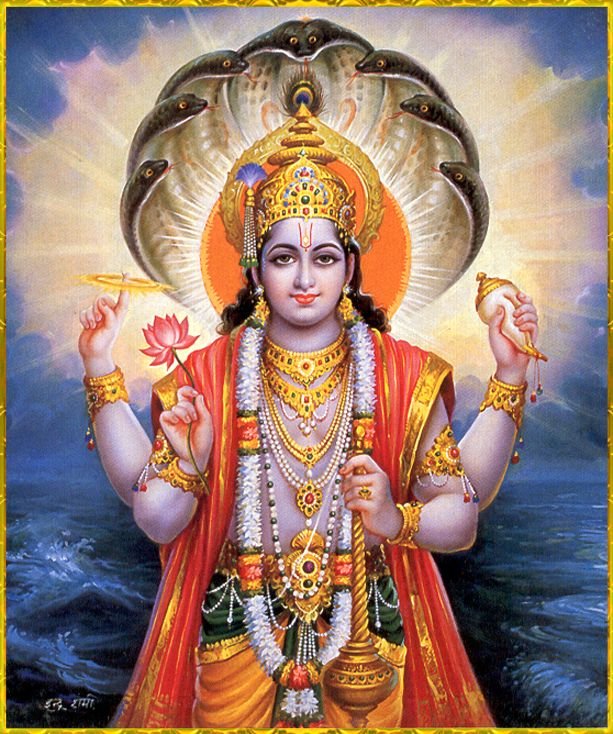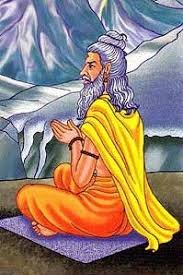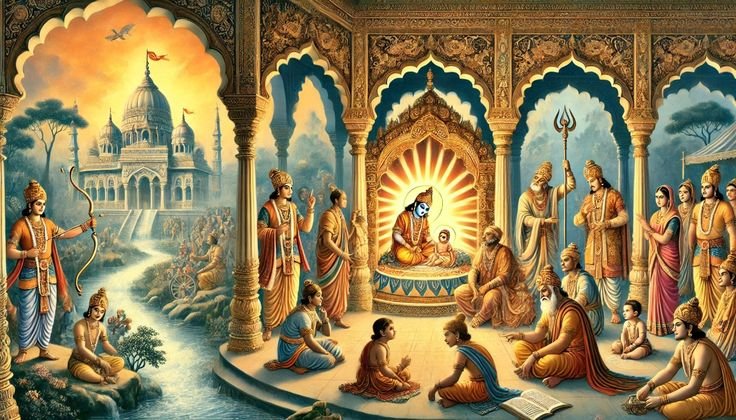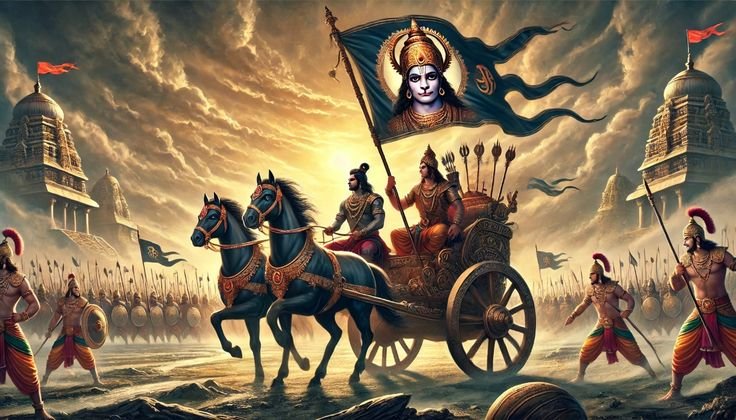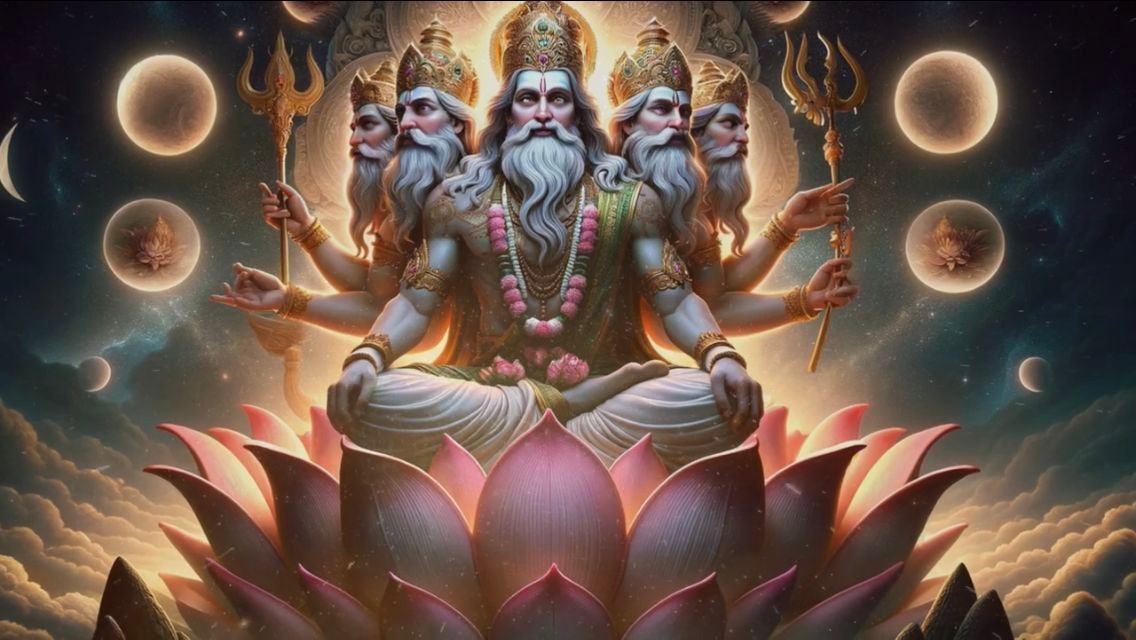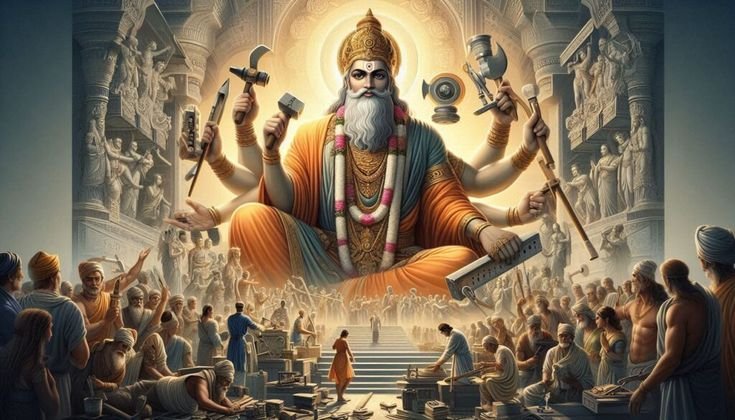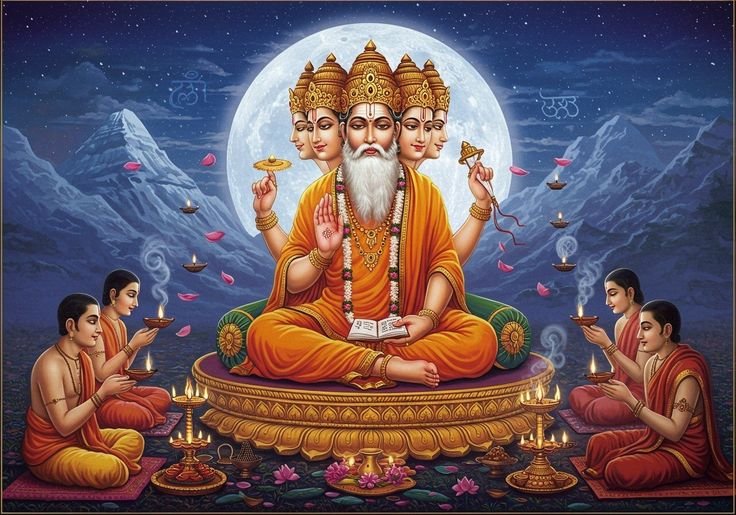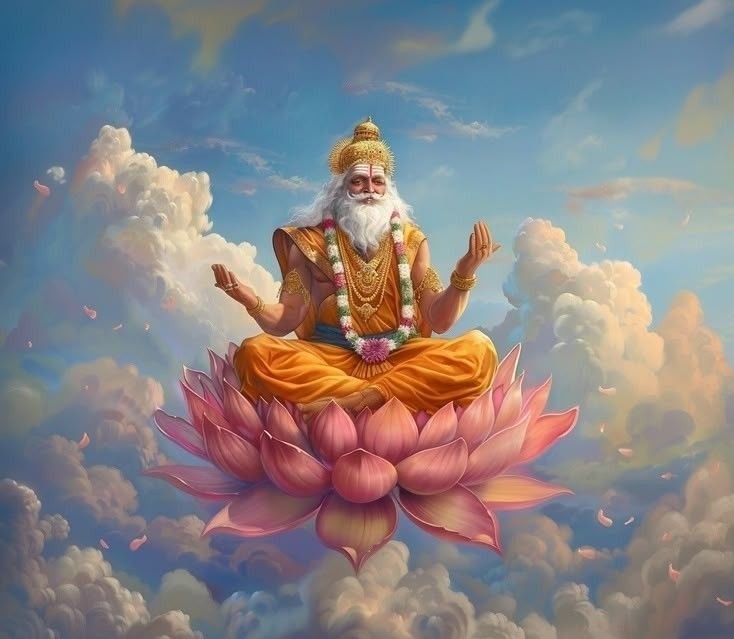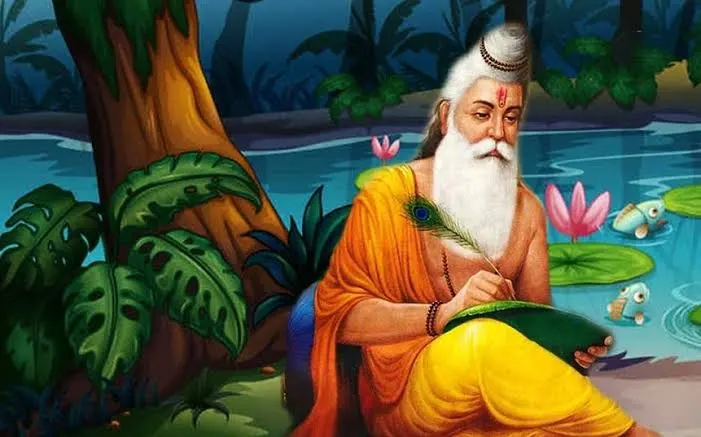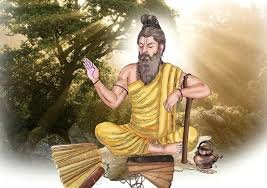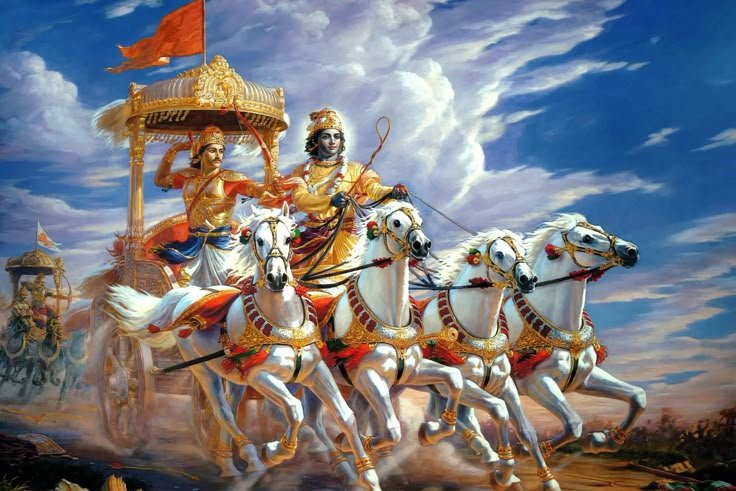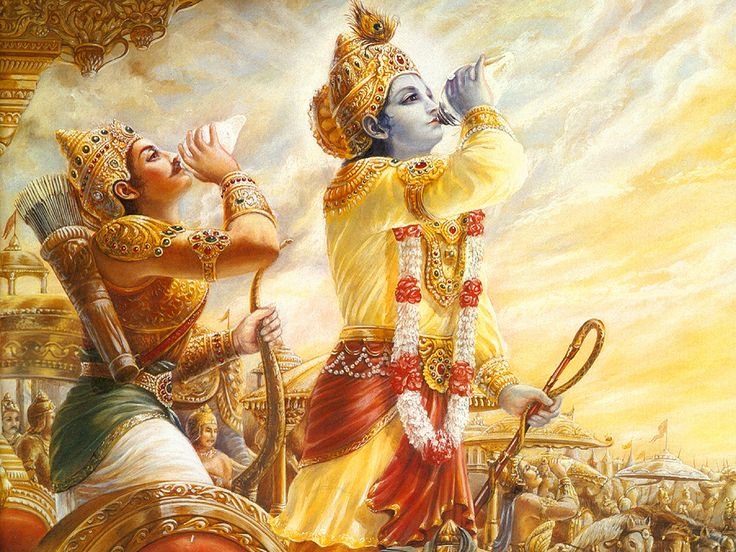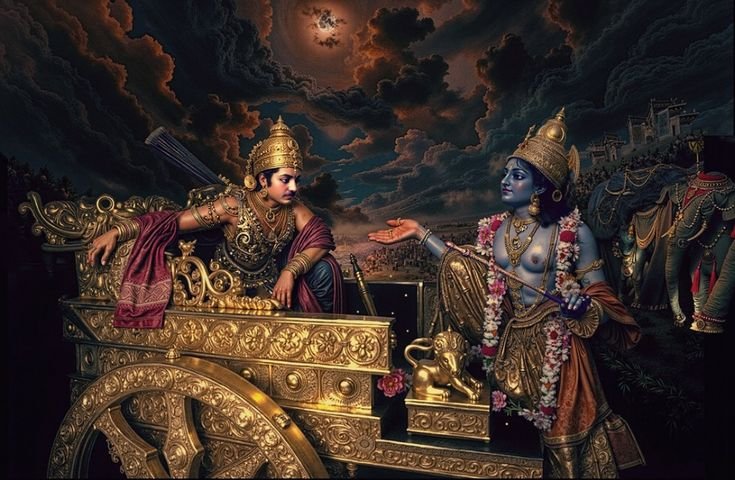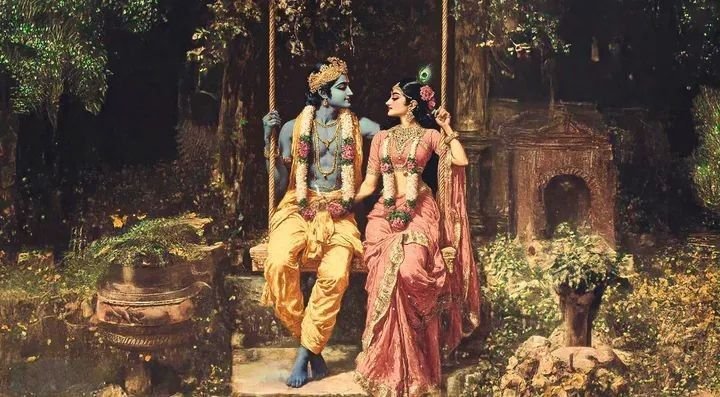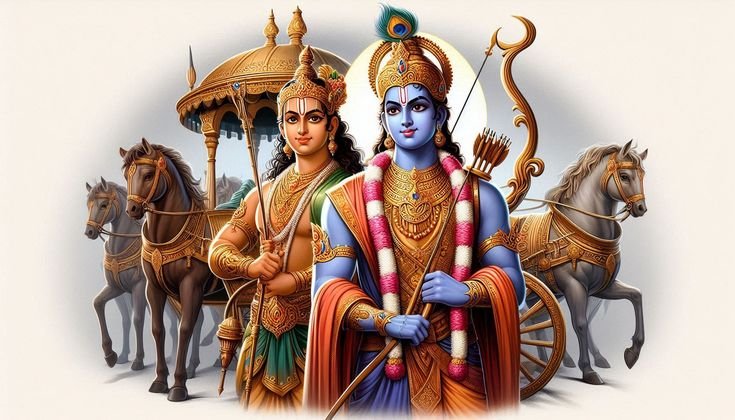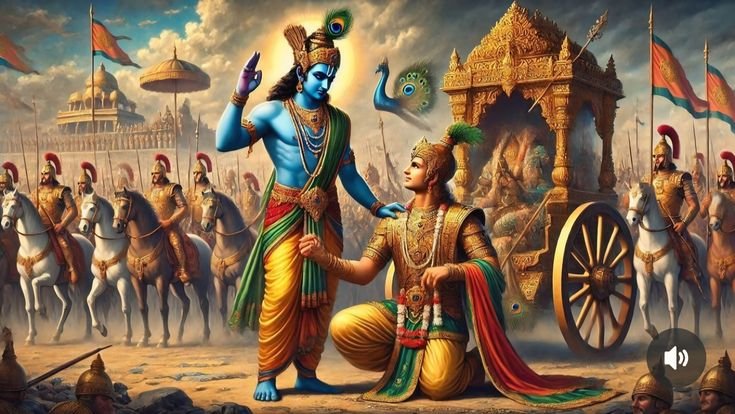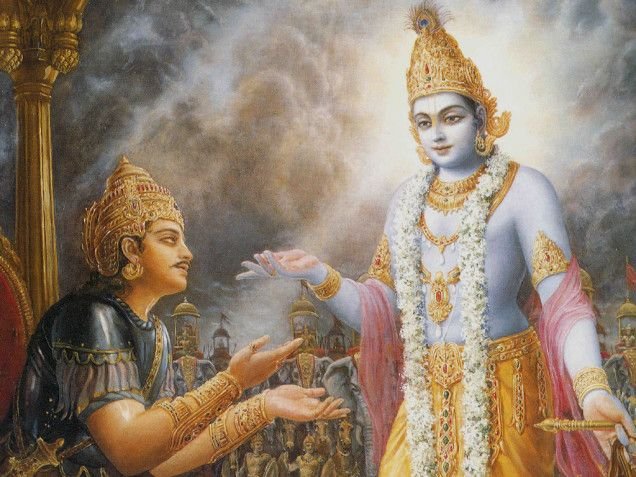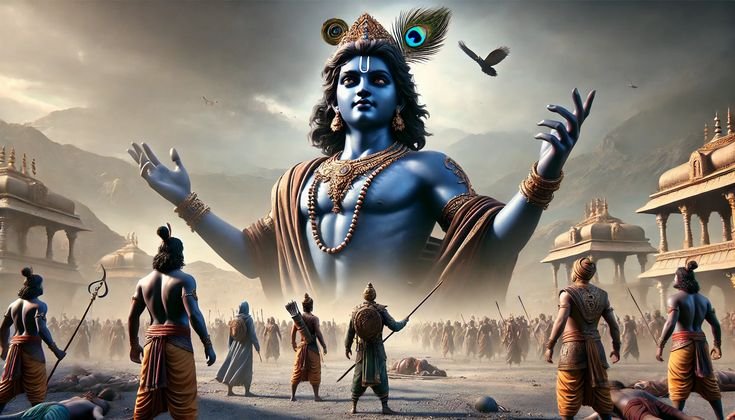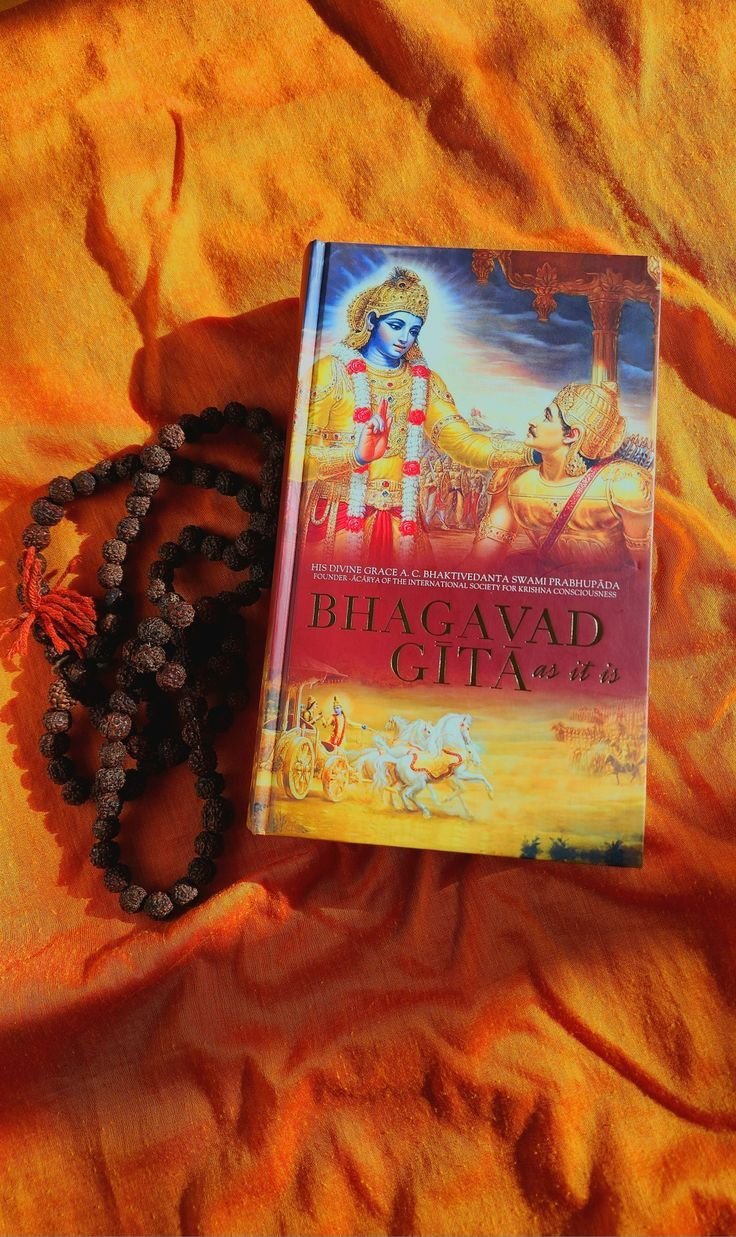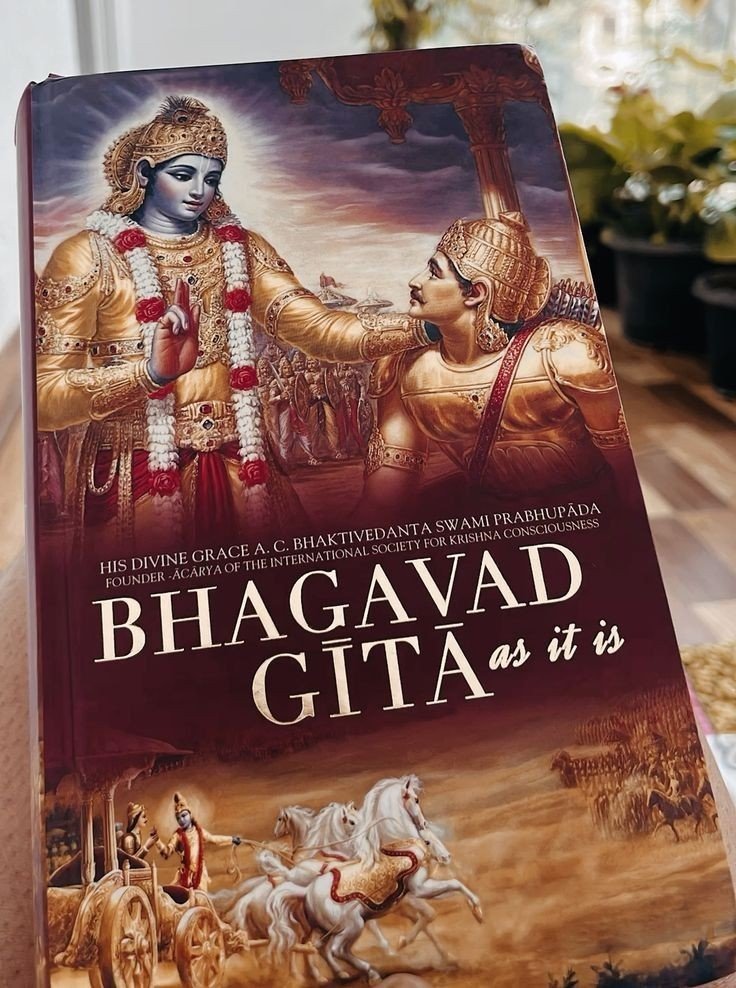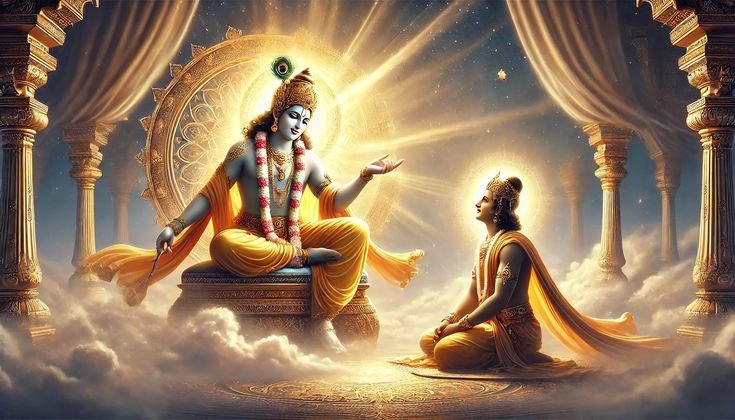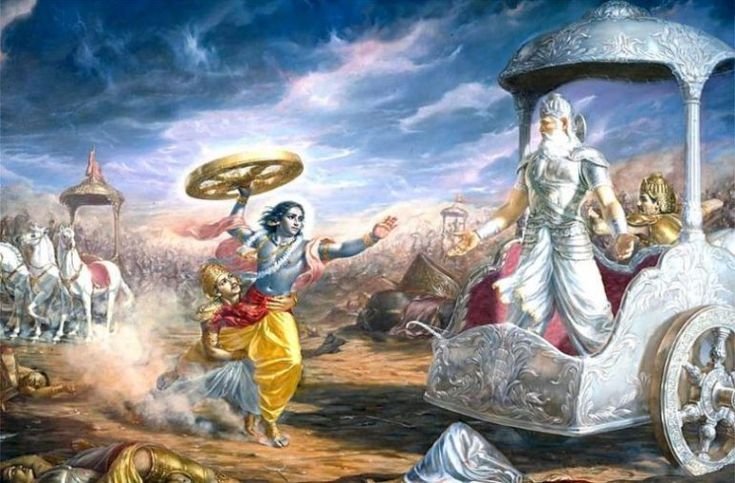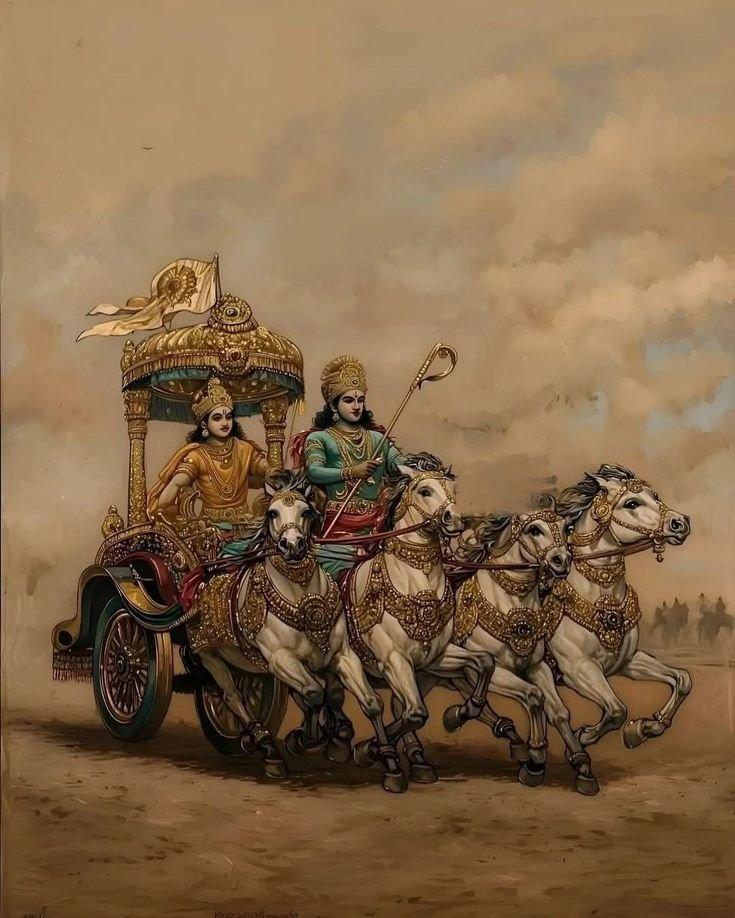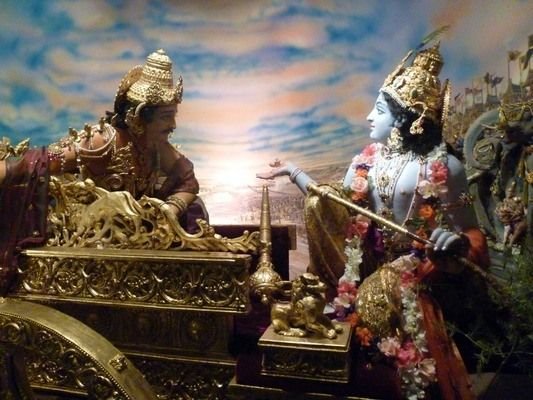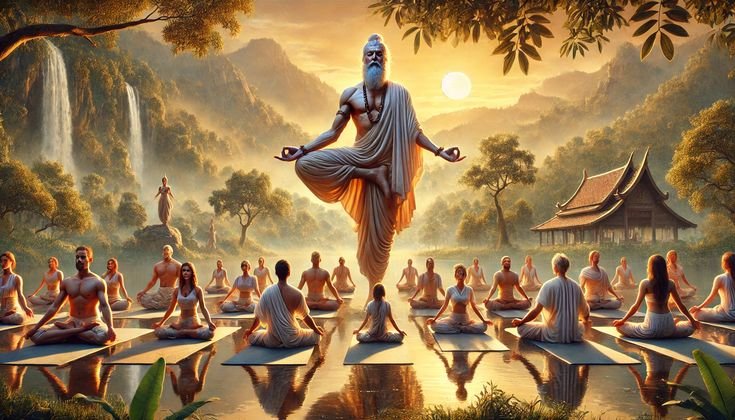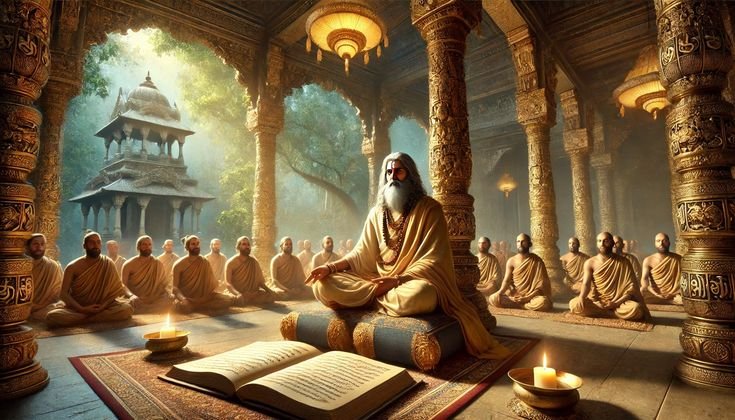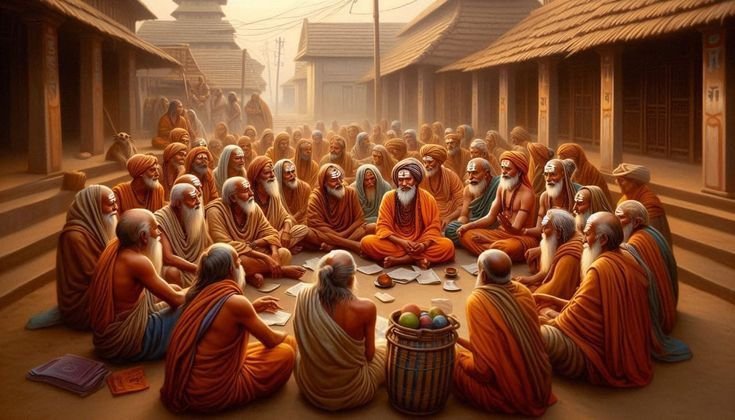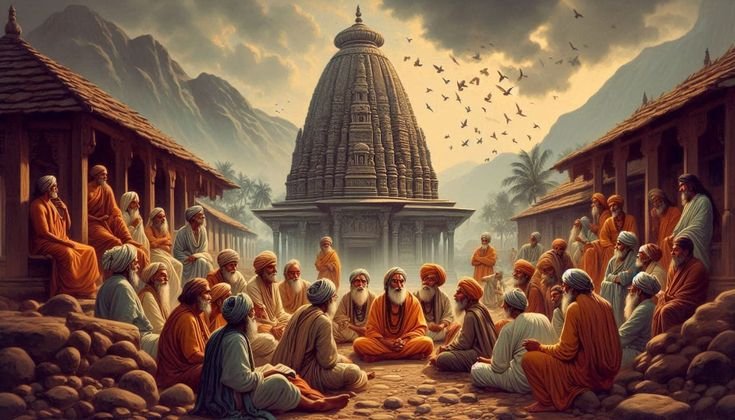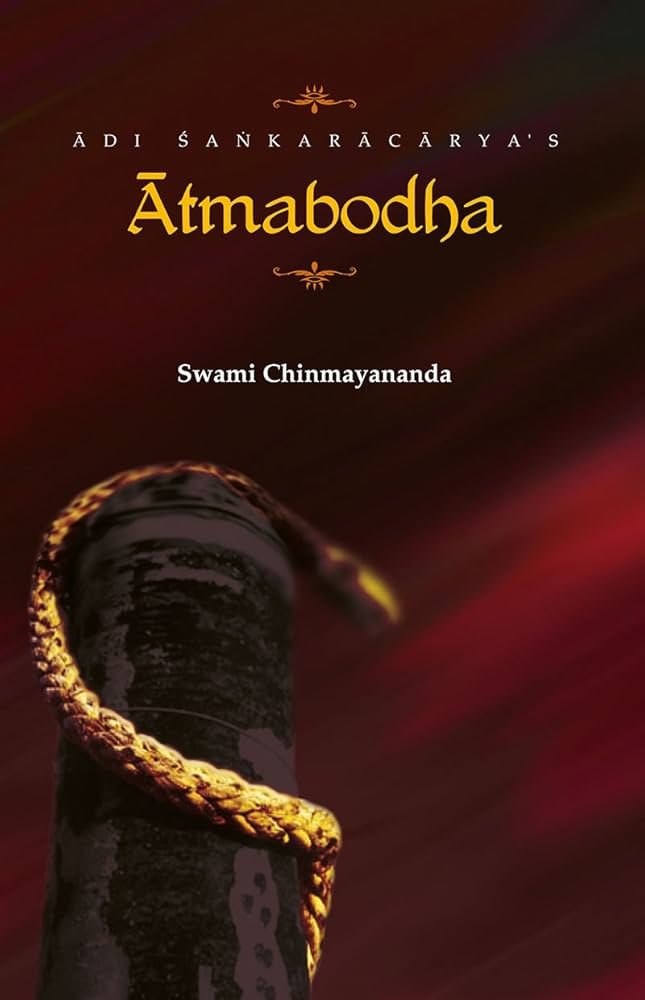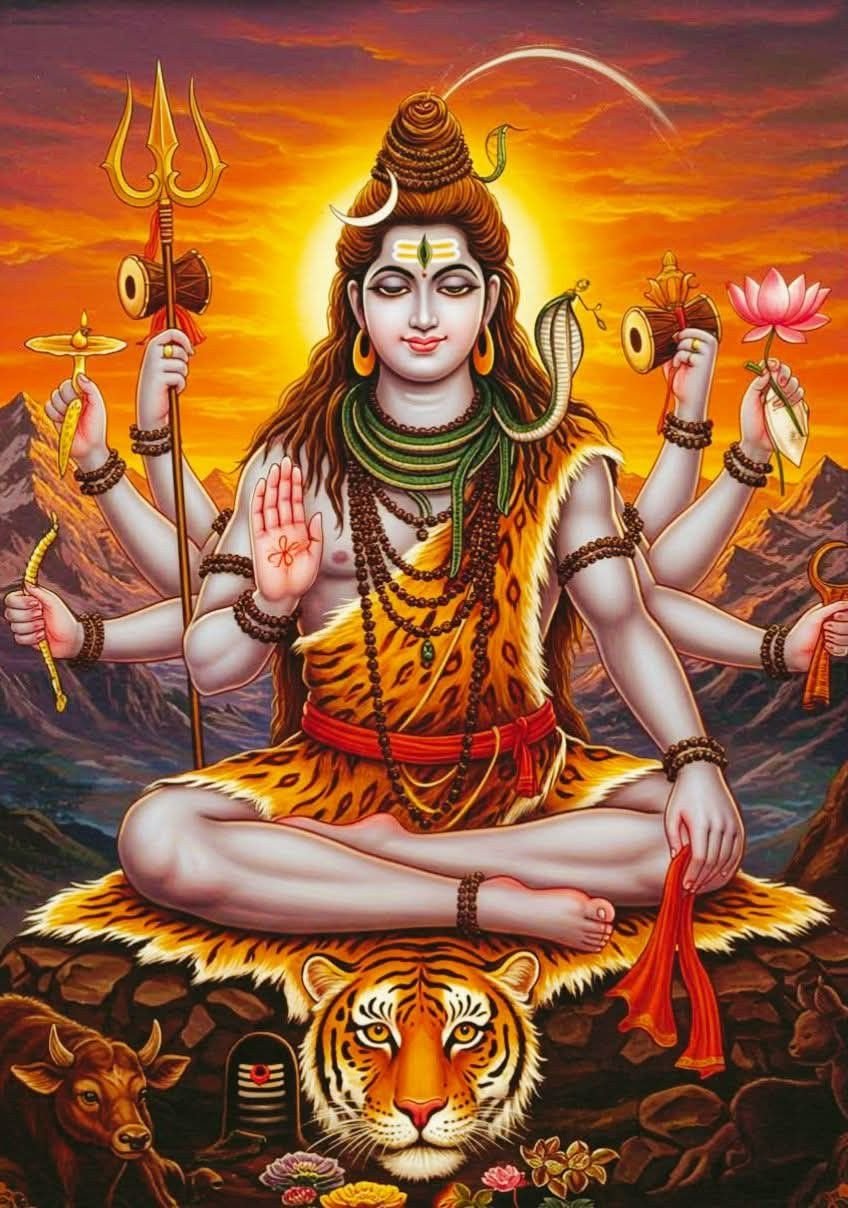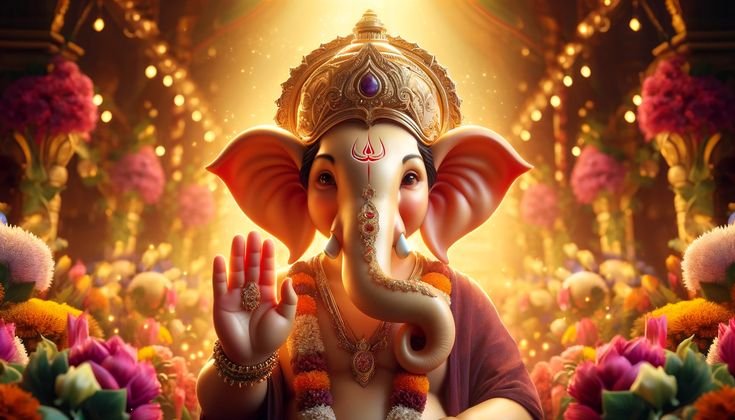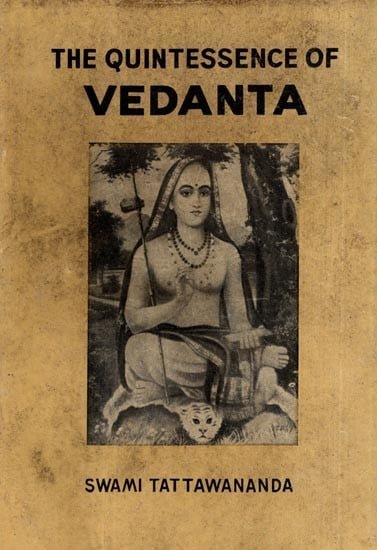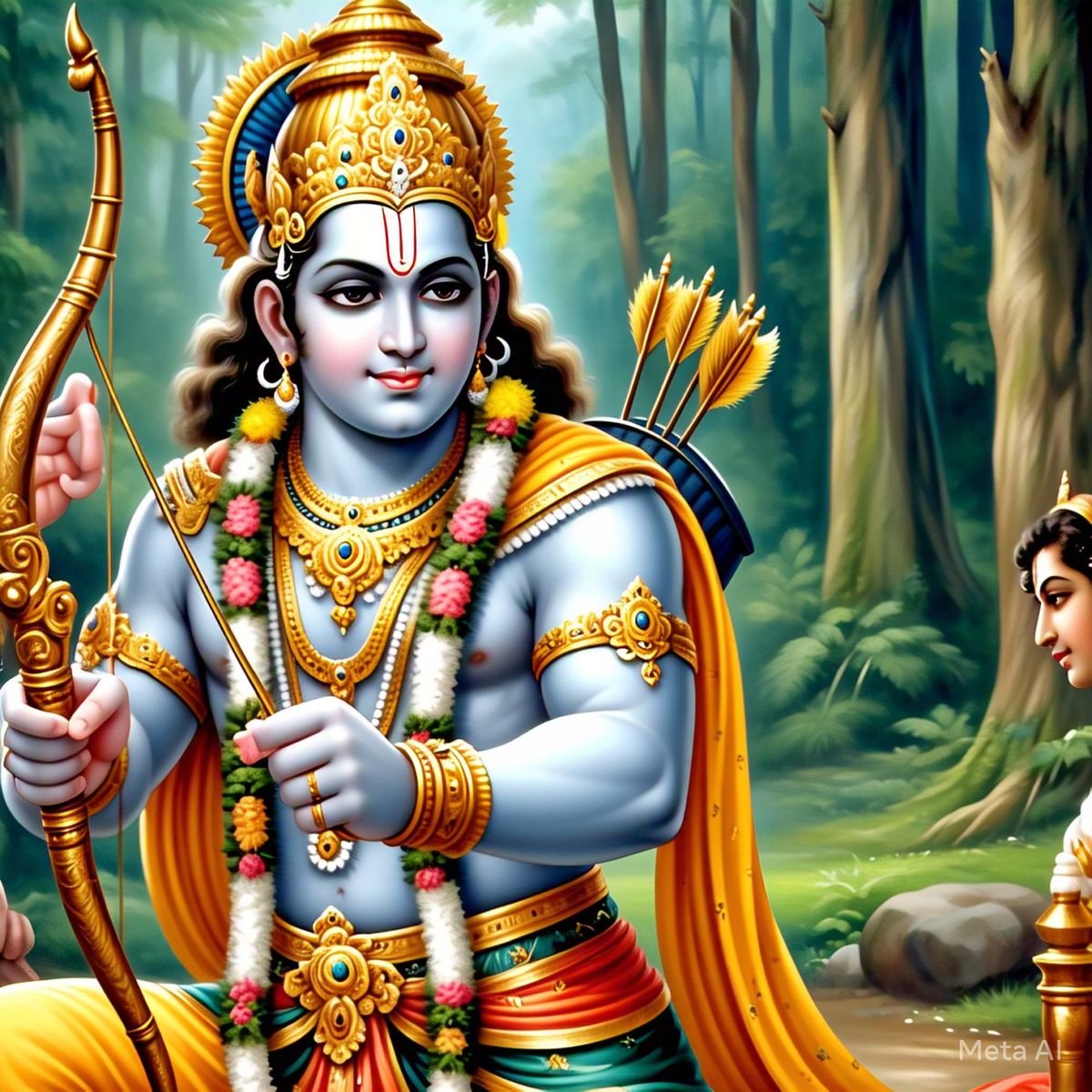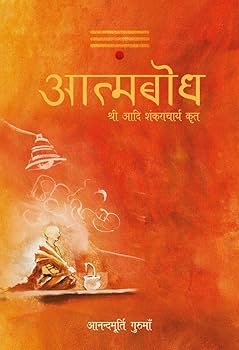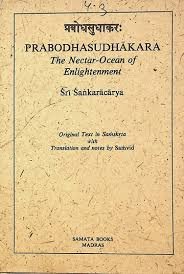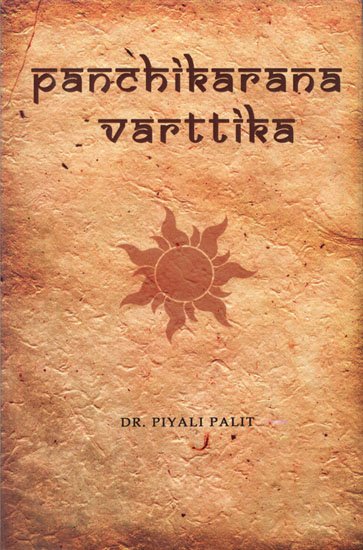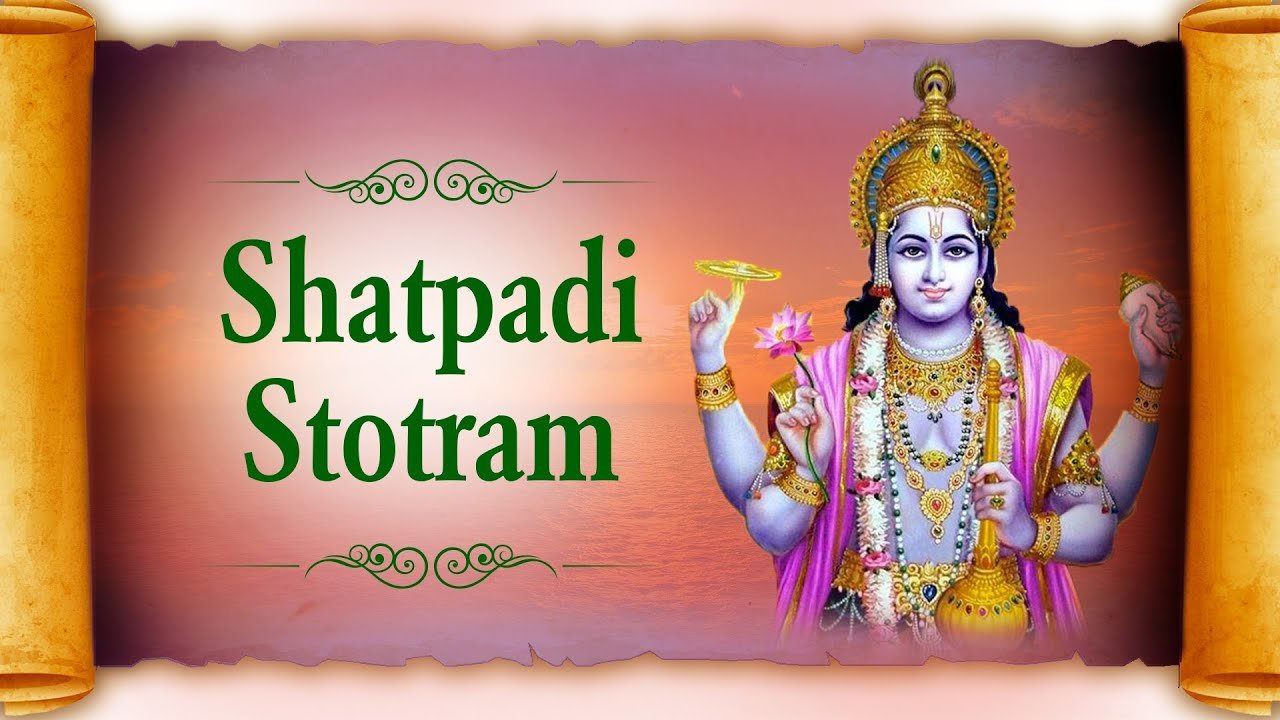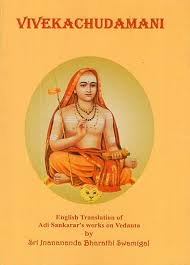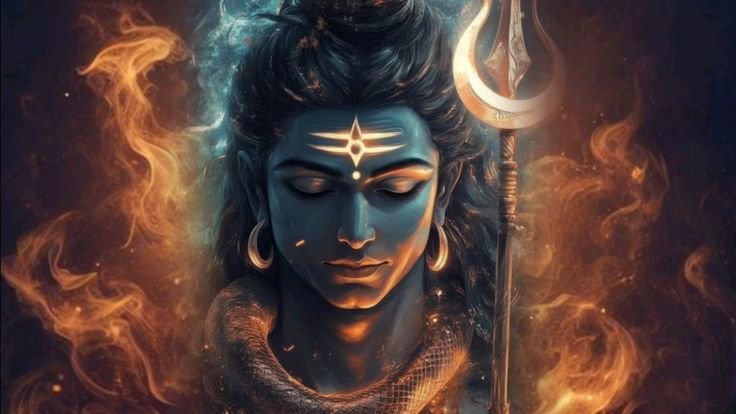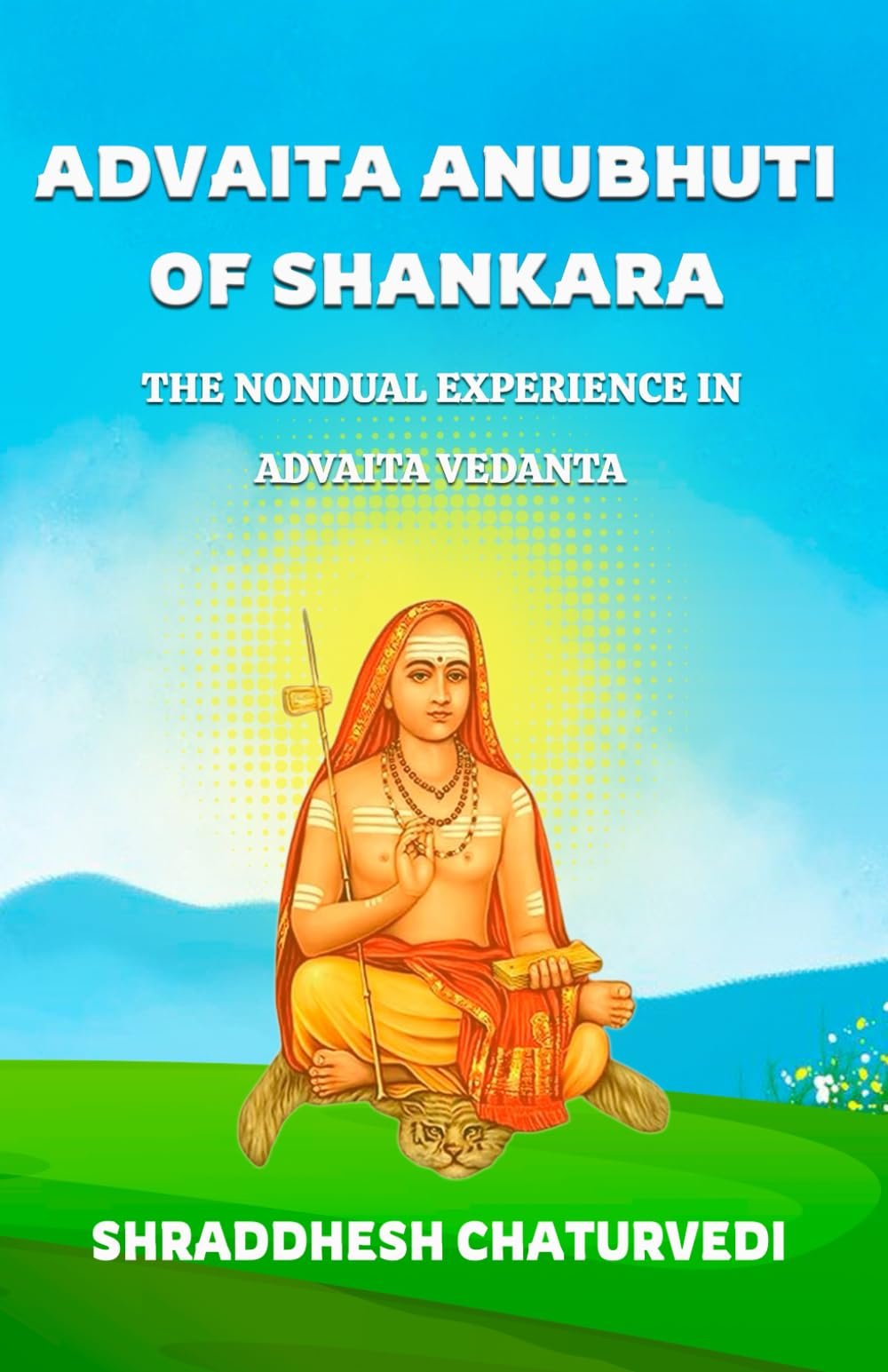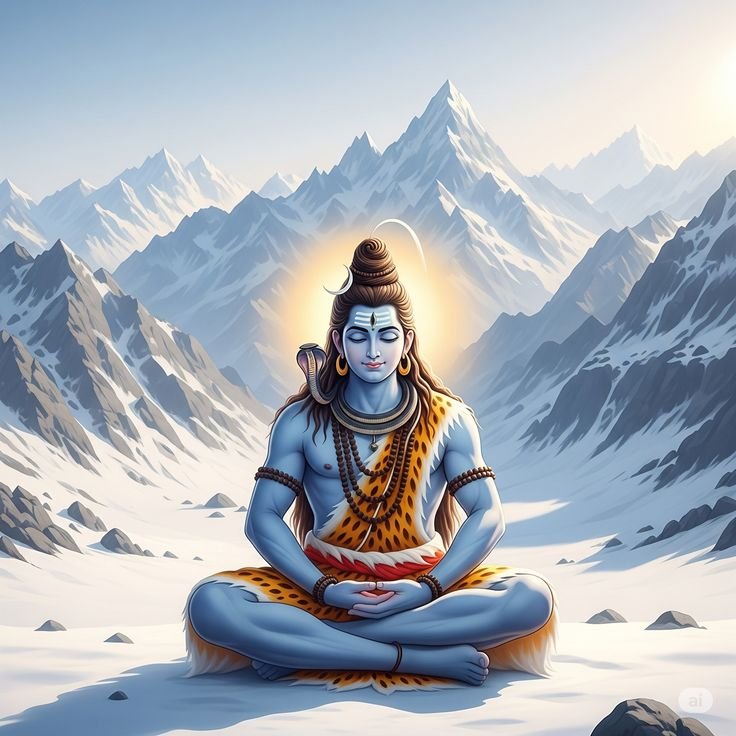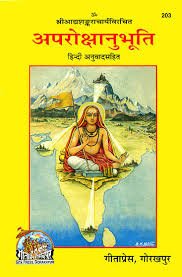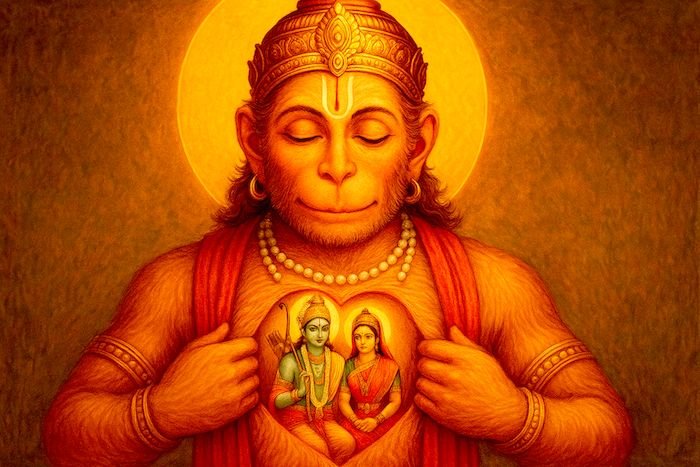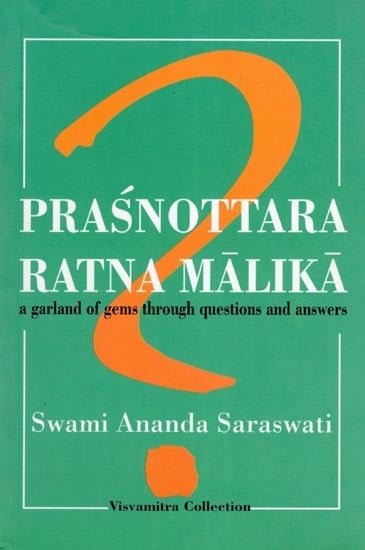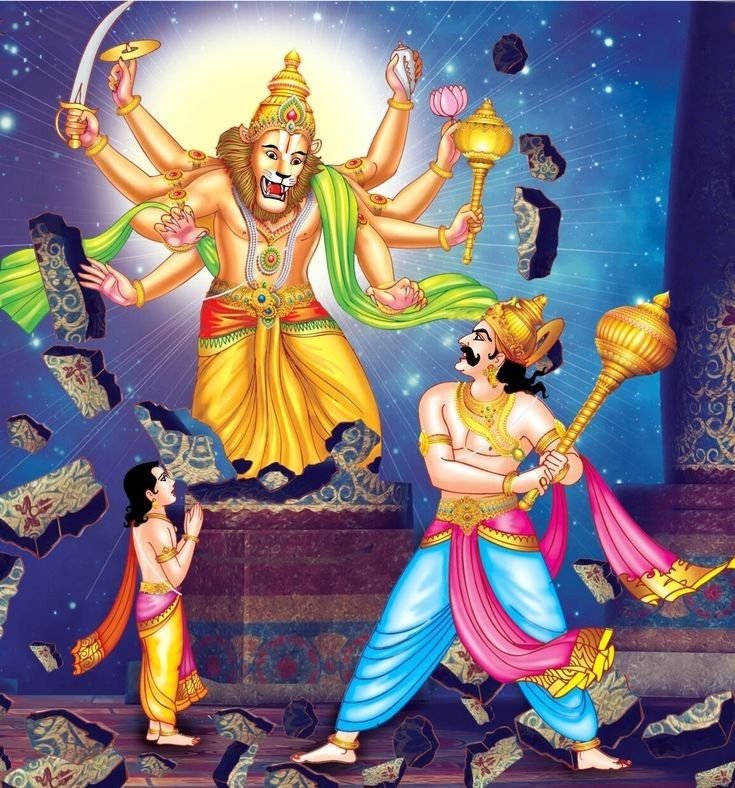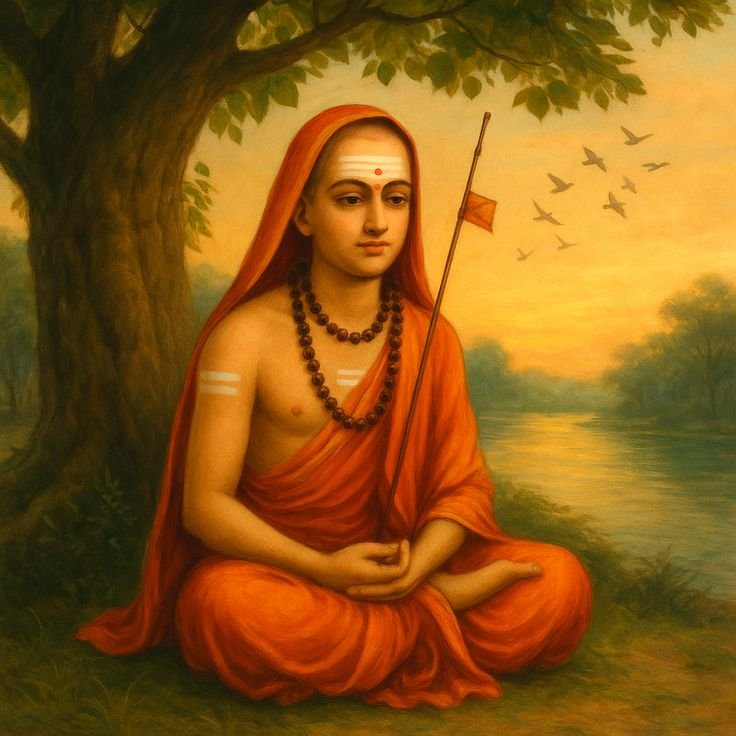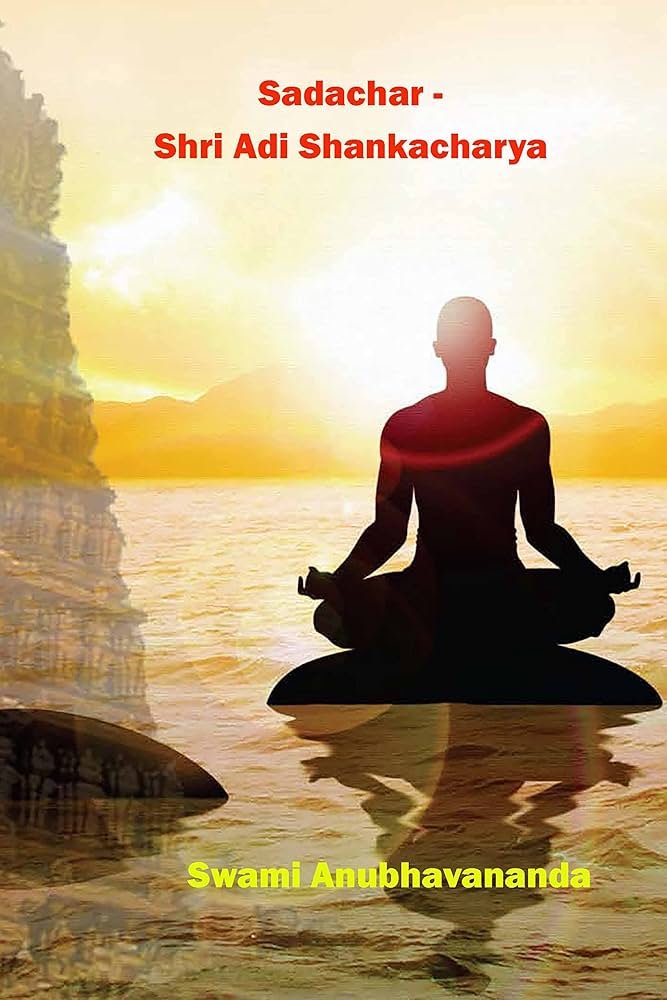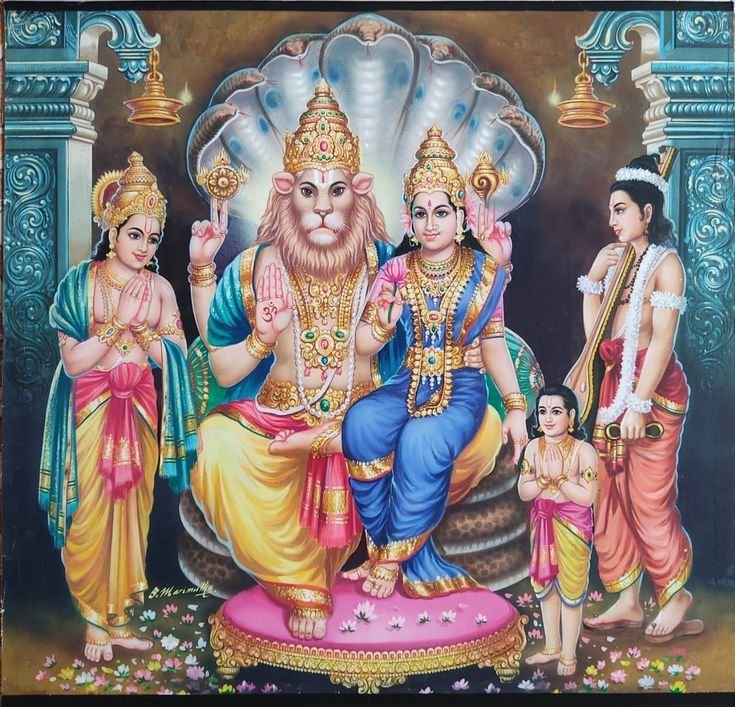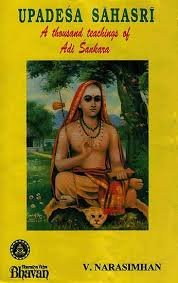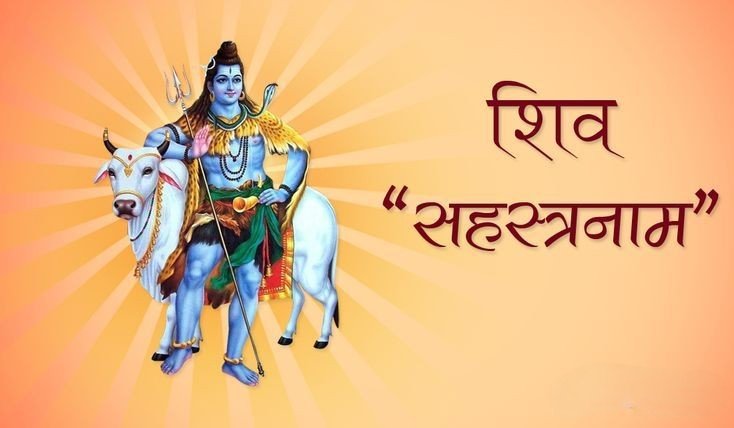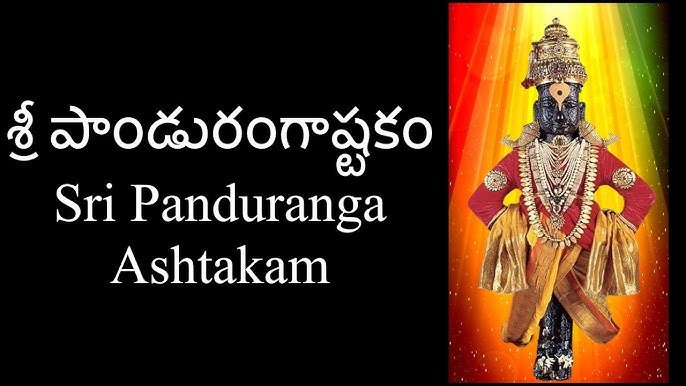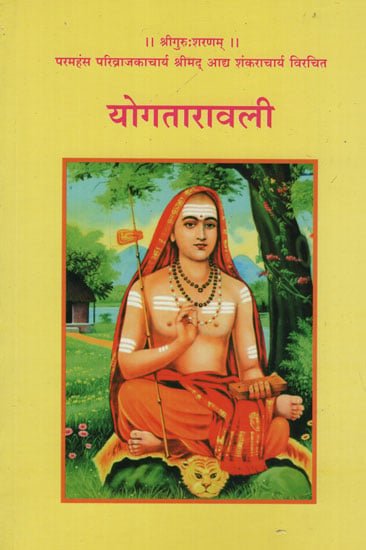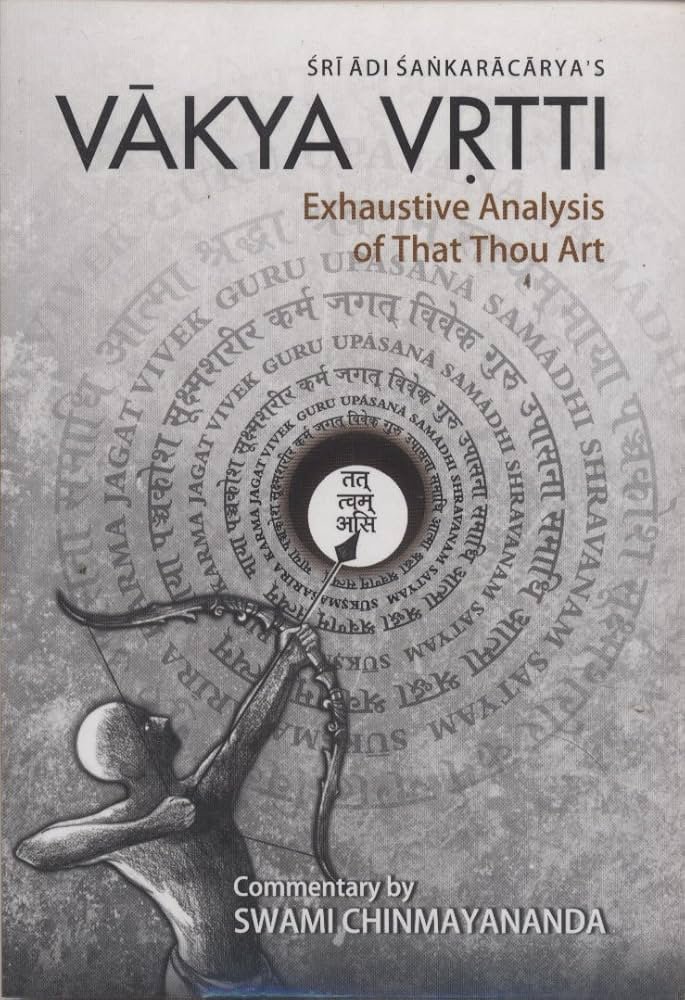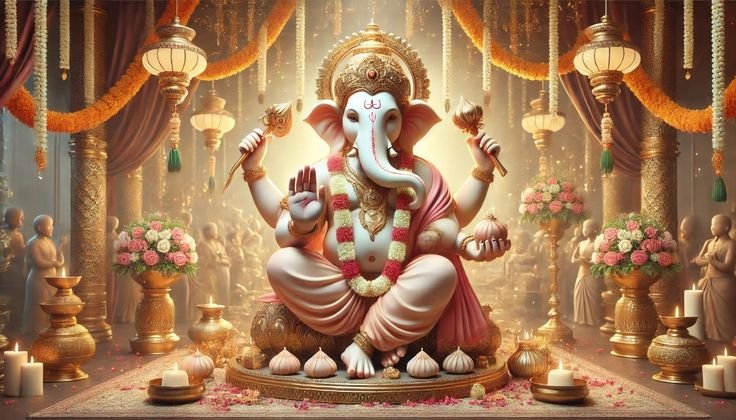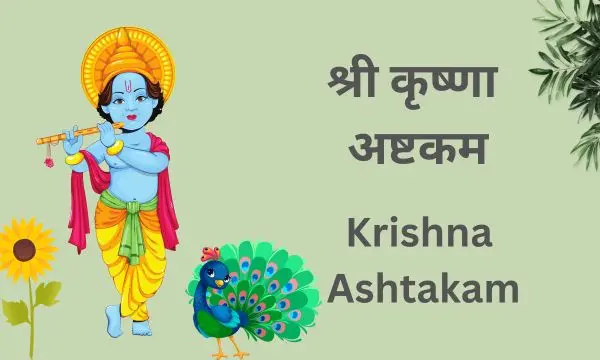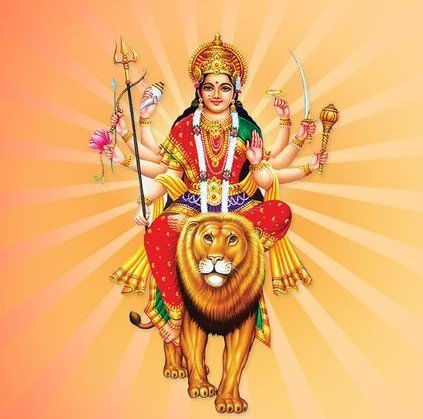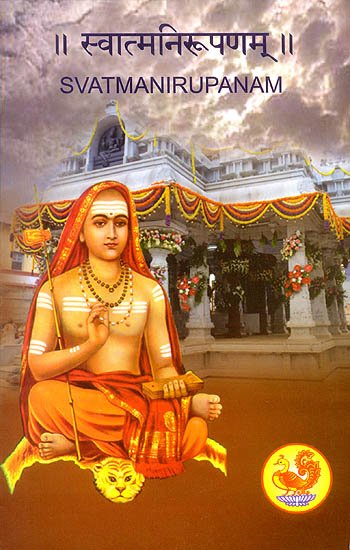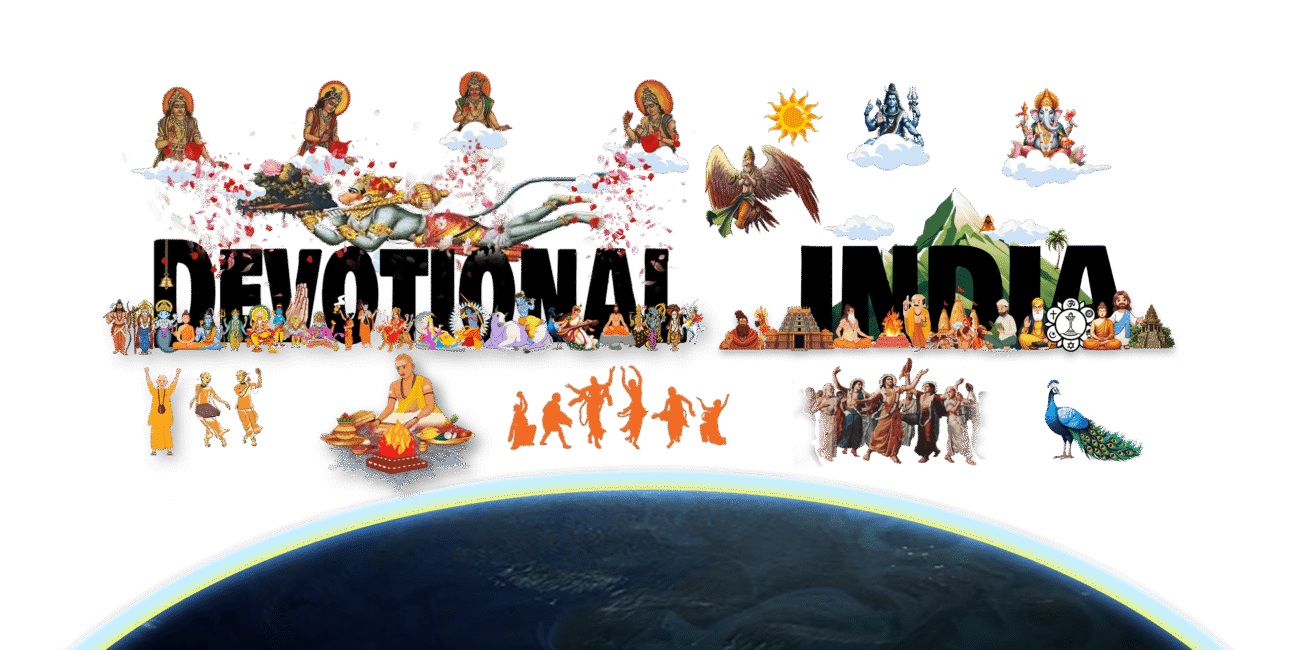Vedas
Vedas
The Vedas are the oldest and most sacred scriptures of Hinduism, forming the foundation of Indian spiritual and philosophical thought. The term “Veda” comes from the Sanskrit root “vid”, meaning knowledge. They are considered śruti (“that which is heard”), meaning they were divinely revealed to ancient sages (rishis) rather than authored by humans.
Puranas
The Puranas are a vast genre of ancient Indian texts that complement the Vedas, focusing on mythology, cosmology, genealogy of gods and sages, legends, and devotional teachings. Unlike the Vedas, which are primarily ritualistic and philosophical, the Puranas are narrative and accessible, aimed at guiding people in dharma (righteous living), bhakti (devotion), and understanding the universe. There are traditionally 18 Mahapuranas and many Upapuranas, covering topics such as the creation and dissolution of the universe, the deeds of deities like Vishnu, Shiva, and Devi, the genealogies of kings and sages, and moral stories illustrating dharma and karma. They also include instructions on rituals, pilgrimages, and festivals, making them a key source of religious, cultural, and historical knowledge in Hinduism.
Naradiya Purana with meaning
Vishnu Purana with meaning
Markandeya Purana with meaning
Padma Purana with meaning
Bhavishya Purana with meaning
Vamana Purana with meaning
Brahma Purana with meaning
Garuda Purana with meaning
Varaha Purana with meaning
Bhagavata Purana with meaning
Kurma Purana with meaning
Linga Purana with meaning
Shiva Purana
Skanda Purana
Agni Purana
Brahmanda Purana
Upanishads
The Upanishads are a collection of ancient Indian texts that form the philosophical and spiritual essence of the Vedas. Unlike the ritual-focused parts of the Vedas, the Upanishads explore the nature of ultimate reality (Brahman), the soul (Ātman), and the relationship between the two, emphasizing knowledge, meditation, and self-realization over ritual. They introduce key concepts such as karma (action and its consequences), moksha (liberation from the cycle of birth and death), and the unity of all existence. Composed mainly between 800–200 BCE, the Upanishads are considered śruti literature, and they deeply influenced later Hindu philosophy, including Vedanta, as well as Indian spirituality, ethics, and metaphysics.
Narayana Upanishad – The...
Isha Upanishad
Kena Upanishad
Katha Upanishad
Shvetashvatara Upanishad
Brihadaranyaka Upanishad
Prashna Upanishad
Aitareya Upanishad
Mundaka Upanishad
Chandogya Upanishad
Mandukya Upanishad
Smritis
The Smritis are a category of Hindu sacred texts that are remembered and handed down through human tradition, in contrast to the śruti texts like the Vedas, which are considered divinely revealed. They serve as guides for daily life, dharma (righteous conduct), law, and social duties, offering practical instructions on ethics, governance, rituals, and personal behavior. Famous Smritis include the Manusmriti, Yajnavalkya Smriti, and Narada Smriti, which outline codes for family life, social order, and moral conduct. While they are authoritative, Smritis are considered secondary to the Vedas and are often interpreted in the context of local customs and societal needs, making them a living and adaptable part of Hindu tradition.
Yajnavalkya Smriti
Narada Smriti
Parāśara Smriti
brhaspati smriti
Kātyāyana Smriti
Vyasa Smriti
Daksha Smriti
Gautama Smriti
Shankha Smriti
Likhita Smriti
Apastamba Smriti
Vishnu Smriti
Samvarta Smriti
Harita Smriti
Yama Smriti
Usana Smriti
Atri Smriti
Shrutis
Śruti (meaning “that which is heard”) refers to the body of Hindu sacred texts that are considered divinely revealed to the ancient sages (rishis) rather than authored by humans. The Vedas—including their Samhitas, Brahmanas, Aranyakas, and Upanishads—constitute the core of Śruti literature. These texts are eternal, authoritative, and foundational, providing knowledge on rituals, cosmology, philosophy, and spiritual truths. Śruti emphasizes understanding the ultimate reality (Brahman), the self (Ātman), dharma, and liberation (moksha), serving as the highest source of spiritual guidance in Hinduism, from which other texts, like the Smritis, draw their authority.
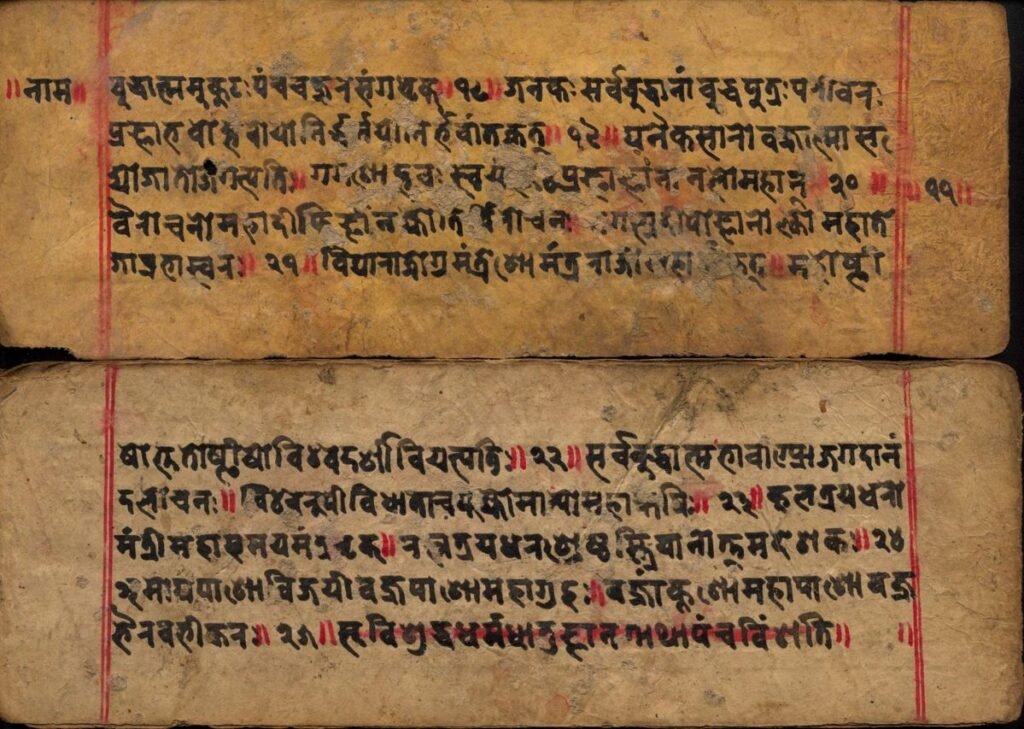
Ithihas
Itihās in Hindu tradition refers to the historical-epic narratives that combine history, mythology, moral teachings, and dharma. The term literally means “thus it happened”, emphasizing the recording of events in a way that conveys both factual and moral lessons. The most prominent Itihās texts are the Ramayana and the Mahabharata, which narrate the lives, deeds, and struggles of legendary figures like Lord Rama, Krishna, and the Pandavas. Beyond storytelling, Itihās serves to teach dharma, ethics, devotion, and the consequences of actions, preserving cultural, spiritual, and societal knowledge for generations while blending history with philosophical and devotional insights.
Ramayan
Mahabharata
Bhrama Sutras
The Brahma Sutras, also called Vedanta Sutras, are a foundational text of Vedanta philosophy, attributed to the sage Badarayana. Composed in concise aphoristic sutras, they systematically interpret and summarize the teachings of the Upanishads, addressing the nature of Brahman (ultimate reality), the soul (Ātman), and liberation (moksha). The text is divided into four chapters—Samanvaya (harmonization), Avirodha (non-contradiction), Sādhana (means), and Phala (results)—which clarify philosophical concepts, resolve apparent contradictions in the Upanishads, and guide spiritual practice. The Brahma Sutras serve as the intellectual framework for Vedanta schools, such as Advaita, Vishishtadvaita, and Dvaita, providing rigorous reasoning for understanding reality and attaining liberation.
Yogavashistha
The Yoga Vāsiṣṭha is a profound philosophical and spiritual text in Hinduism, presented as a dialogue between Sage Vāsiṣṭha and Lord Rama. It blends storytelling, philosophy, and practical guidance to teach the principles of advaita (non-dualism), self-realization, and liberation (moksha). The text emphasizes that life is a reflection of the mind, and liberation comes through the control of thoughts, detachment, and understanding the illusory nature of the world (māyā). It contains numerous parables, anecdotes, and allegories illustrating ethical conduct, the nature of reality, and spiritual wisdom. Comprising thousands of verses, the Yoga Vāsiṣṭha is considered one of the most comprehensive guides to Vedantic philosophy and Raja Yoga practice, offering both theoretical insights and practical methods for inner transformation.
Vairagya Prakarana
Utpatti Sthiti Laya Prakarana
Nirvana Prakarana
Mumukshu Prakarana
Ashtavakra Gita
The Ashtavakra Gita is a classical Advaita Vedanta scripture that presents a dialogue between the sage Ashtavakra and King Janaka on the nature of self, consciousness, and liberation. Unlike ritualistic texts, it focuses purely on non-dualistic philosophy, teaching that the true self (Ātman) is eternal, free, and beyond all worldly distinctions. The text emphasizes self-knowledge, detachment, and the illusory nature of the material world (māyā), asserting that liberation (moksha) is realized through understanding one’s own inner essence rather than through external actions or rituals. Written in concise verses, the Ashtavakra Gita is revered for its clarity, directness, and radical approach to spiritual freedom, inspiring seekers toward immediate self-realization and inner peace.

Ashtavakra Gita
Ashtavakra Gita The Ashtavakra Gita is a profound scripture that presents the essence of non-dualism
Bhagavad Gita
The Bhagavad Gita, often called the “Song of God”, is a sacred Hindu scripture that forms part of the Mahabharata (specifically, the Bhishma Parva, chapters 23–40). It is presented as a dialogue between Prince Arjuna and Lord Krishna on the battlefield of Kurukshetra, where Arjuna faces moral confusion and despair about fighting in the war. Through this discourse, Krishna teaches profound spiritual and philosophical principles, including dharma (duty), karma (action), bhakti (devotion), jnana (knowledge), and yoga (union and disciplined living). The Bhagavad Gita emphasizes performing one’s duties selflessly, maintaining equanimity, and realizing the eternal self (Ātman) as distinct from the body, guiding seekers toward spiritual liberation (moksha) while engaging in the world responsibly. It remains one of the most influential texts in Hinduism and global philosophy.
One
Two
Three
Four
Five
Six
Seven
Eight
Nine
Ten
Eleven
Twelve
Thirteen
Fourteen
Fifteen
Sixteen
Seventeen
Eighteen
Patanjali Yog Sutras
The Patanjali Yoga Sutras are a foundational text of classical Yoga, attributed to Sage Patanjali, presenting a systematic guide to mental discipline, ethical living, and spiritual liberation (kaivalya). Comprising four chapters—Samadhi Pada, Sadhana Pada, Vibhuti Pada, and Kaivalya Pada—the sutras outline the nature and goal of yoga, practical methods for self-control, the eightfold path of Ashtanga Yoga (yama, niyama, asana, pranayama, pratyahara, dharana, dhyana, samadhi), and the powers and insights that arise through disciplined practice. Emphasizing that liberation is attained by mastering the mind and senses, the Yoga Sutras remain a central text for both philosophical understanding and practical application of yoga.
Samadhi Pada
Sadhana Pada
Vibhuti Pada
Kaivalya Pada
Glory of Shri Adi Shankaracharya
Shri Adi Shankaracharya (c. 8th century CE) was a revered Indian philosopher, theologian, and spiritual reformer who revived and consolidated Advaita Vedanta, the non-dualistic school of Hindu philosophy. Born in Kalady (Kerala), he traveled across India, establishing monastic centers (mathas), restoring dharma, and unifying diverse religious practices. He authored profound texts, including commentaries on the Vedas, Upanishads, Bhagavad Gita, and Brahma Sutras, as well as original works like Vivekachudamani and Atma Bodha, elucidating the unity of Ātman (self) and Brahman (ultimate reality). His life exemplified spiritual brilliance, debate mastery, and devotion, inspiring generations of scholars and saints, and his teachings continue to guide seekers toward self-realization, wisdom, and liberation

















